The Birth of a Bigger Vision
The story of the Model Y L begins not in Tesla's design studios, but in the ultra-competitive Chinese electric vehicle market, where local manufacturers have been eating Tesla's lunch with increasingly sophisticated and affordable alternatives. While Tesla dominated the early days of China's EV revolution, companies like BYD, Xiaomi, and Xpeng have been closing the gap with vehicles that offer more space, more features, and often, more value for money.
Tesla's response? Go bigger, go premium, and go after the one segment where the original Model Y couldn't quite compete: families who need genuine three-row seating without stepping up to the significantly more expensive Model X.
The Model Y L, officially launched on August 18, 2024, represents Tesla's most significant evolution of the Model Y platform since its inception. But this isn't just a case of stretching the wheelbase and calling it a day. Tesla has fundamentally reimagined what the Model Y can be, creating a vehicle that maintains the original's sporty character while adding the practicality that large families desperately need.
At 4,976 millimeters long—that's over seven inches longer than the standard Model Y—the L variant doesn't just look more substantial; it feels like a completely different vehicle. The extended 3,040-millimeter wheelbase, stretched by nearly six inches, creates interior space that transforms the Model Y from a compact crossover into a legitimate three-row SUV competitor.
Captain's Chairs and Chinese Dreams
Step inside the Model Y L, and you're immediately struck by what Tesla has accomplished with the interior space. Gone is the traditional five-seat configuration with its somewhat cramped second row. In its place, Tesla has implemented a sophisticated 2+2+2 seating arrangement that prioritizes comfort and accessibility in ways the original Model Y never could.
The star of the show is undoubtedly the second-row captain's chairs. These aren't just individual seats separated by a console—they're genuinely premium pieces of furniture that wouldn't look out of place in a luxury sedan. Each chair features electric recline adjustment, heating, and Tesla's new electric armrests that add a touch of sophistication to the cabin. The ISOFIX child seat anchors ensure that families with young children can secure car seats properly, while the individual seat design makes it dramatically easier for passengers to access the third row.
This is where Tesla's engineering prowess really shines. The company has managed to create a third row that, while not palatial, is genuinely usable for adults on shorter trips and perfectly adequate for children on longer journeys. The 50:50 split-folding design means that when you don't need the extra seats, you can fold them flat to create a cavernous cargo area that rivals much larger SUVs.
The numbers tell the story: up to 2,539 liters of storage space when the third row is folded. That's enough room for everything from weekly grocery runs to cross-country road trips, making the Model Y L a genuine alternative to traditional three-row SUVs that have long dominated the family vehicle market.
But it's not just about space—it's about how Tesla has used that space. The cabin feels airy and open, thanks in large part to the signature panoramic glass roof that extends from front to rear. The tinted glass protects passengers from heat while maintaining that sense of openness that makes Tesla interiors feel so distinctive. Even the third-row passengers benefit from this design philosophy, with windows that are tinted for privacy but still allow plenty of natural light to filter through.
Performance That Doesn't Compromise
One of the most impressive aspects of the Model Y L is how Tesla has managed to maintain the performance characteristics that made the original Model Y so compelling, despite the added size and weight. The dual-motor all-wheel-drive system produces a combined 340 kilowatts—that's 462 horsepower in traditional terms—and 493 Newton-meters of torque.
The result? A 4.5-second sprint from zero to 100 kilometers per hour that puts many sports cars to shame, all while carrying six passengers and their luggage. The top speed of 201 kilometers per hour ensures that the Model Y L never feels sluggish on the highway, even when fully loaded.
Tesla has achieved this by employing their proven dual-motor setup: an induction motor at the front axle for efficiency and an permanent magnet synchronous motor at the rear for performance. This combination provides the all-weather capability that families need while delivering the instant torque response that makes electric vehicles so addictive to drive.
The suspension setup—double wishbone at the front and multilink at the rear—has been tuned to handle the additional length and weight while maintaining the composed ride quality that Tesla owners expect. The 167-millimeter ground clearance ensures that the Model Y L can handle everything from city parking lots to light off-road adventures, making it a truly versatile family vehicle.
Perhaps most importantly, Tesla has managed to achieve all this performance while maintaining impressive efficiency. The larger 82-kilowatt-hour battery pack (with 79 kWh usable) delivers a CLTC-rated range of 751 kilometers—that's 467 miles in a single charge. While CLTC ratings tend to be more optimistic than EPA figures, this still represents remarkable efficiency for a vehicle of this size and performance capability.
The Charging Revolution Continues

Tesla's Supercharger network has always been one of the company's key advantages, and the Model Y L is designed to make the most of it. The vehicle supports DC fast charging at up to 250 kilowatts, which means that a typical 10-80% charging session takes just 34 minutes—perfect for a family meal break during a long road trip.
The onboard AC charger supports up to 11 kilowatts, allowing for overnight charging at home in about seven hours. For families with predictable daily routines, this means starting each day with a full battery and the confidence that comes with Tesla's extensive charging infrastructure.
The charge port, located at the left rear corner, makes backing into charging stations easy and intuitive. Tesla has also future-proofed the design with support for both NACS (North American Charging Standard) and CCS Combo 2 connectors, depending on the market.
But perhaps the most impressive aspect of the Model Y L's charging capability is how Tesla has optimized the charging curve. The vehicle can maintain high charging speeds longer than many competitors, thanks to sophisticated thermal management and battery chemistry improvements. This means less time spent at charging stations and more time enjoying the journey—a crucial consideration for families on long trips.
The China Factor: A Market-Driven Masterpiece

To understand why the Model Y L exists, you need to understand the unique dynamics of the Chinese electric vehicle market. China isn't just the world's largest EV market—it's also the most competitive, with local manufacturers that have proven remarkably adept at identifying and filling market gaps that international brands have overlooked.
Take Xiaomi, the smartphone giant that recently entered the automotive space with the YU7, a direct Model Y competitor that received nearly 300,000 preorders in just one hour. Or consider the Onvo L90, which offers similar three-row capability at roughly $8,000 less than the Model Y L's asking price. These aren't just cheap alternatives—they're sophisticated vehicles with advanced autonomous driving features, premium interiors, and the kind of attention to detail that would have been unthinkable from Chinese automakers just a few years ago.
Tesla's response with the Model Y L is both defensive and offensive. Defensively, it addresses the specific needs of Chinese families who want the Tesla brand and technology but need more space than the standard Model Y provides. Offensively, it demonstrates Tesla's ability to adapt and innovate in response to local market conditions—something that will be crucial as the company faces similar competitive pressures in other markets.
The pricing strategy reflects this market reality. At ¥339,000 (approximately $47,000), the Model Y L commands a premium of about $3,600 over the standard Model Y Long Range AWD in China. This positions it as a premium option without pricing it out of reach for affluent Chinese families who might otherwise consider local alternatives.
The market response has been overwhelmingly positive. Tesla reported 40,000 orders on the first day of availability—a remarkable figure that demonstrates the pent-up demand for exactly this type of vehicle. Chinese consumers, it seems, were waiting for Tesla to offer a practical family hauler that didn't require stepping up to the much more expensive Model X.
The American Dilemma: Autonomy vs. Practicality

Here's where the story takes a frustrating turn for American Tesla enthusiasts. Despite the obvious appeal of a six-seat Model Y, Elon Musk has suggested that the Model Y L may never make it to American shores. His reasoning? The advent of autonomous driving technology makes traditional vehicle ownership less relevant.
"This variant of the Model Y doesn't start production in the US until the end of next year. Might not ever, given the advent of self-driving in America," Musk posted on X (formerly Twitter) in response to questions about US availability.
This statement reflects Tesla's broader strategic shift in the American market. While the company continues to battle for market share in China with traditional automotive products, its US strategy increasingly focuses on autonomous driving and robotaxi services. Tesla launched its first invite-only robotaxi service in Austin in June 2024, and Musk has repeatedly stated that building traditional vehicles will become "pointless" as autonomous driving becomes widespread.
From a business perspective, this strategy makes sense. Tesla's Full Self-Driving technology is more advanced in the US market, and the regulatory environment, while complex, is generally more favorable to autonomous vehicle testing and deployment. If Tesla can successfully launch a robotaxi service that provides transportation without the need for individual vehicle ownership, the company could potentially capture more value per vehicle while reducing manufacturing complexity.
But this leaves American families in a difficult position. The Model Y L addresses real needs that the current Tesla lineup simply can't meet. Families who want Tesla's technology, safety, and environmental benefits but need genuine three-row seating are currently forced to choose the much more expensive Model X or look elsewhere entirely.
The irony is palpable: Tesla has created what might be its most practical family vehicle ever, but the families who could most benefit from it—American suburbanites with multiple children and active lifestyles—may never get the chance to buy one.
Design Philosophy: Form Meets Function

The Model Y L represents a fascinating evolution of Tesla's design philosophy. While the original Model Y prioritized efficiency and sportiness, sometimes at the expense of practicality, the L variant demonstrates that Tesla can create genuinely functional family vehicles without sacrificing the aesthetic appeal that makes their cars so distinctive.
The exterior changes are subtle but effective. The extended length is distributed proportionally, so the Model Y L doesn't look stretched or awkward. The additional height—just 24 millimeters—is barely noticeable but provides crucial headroom for third-row passengers. The result is a vehicle that looks like a natural evolution of the Model Y design rather than a compromise.
Tesla has also paid careful attention to the details that matter for family use. The electric liftgate includes a kick sensor for hands-free operation—perfect when your arms are full of groceries or sports equipment. The panoramic glass roof is tinted to reduce heat buildup, crucial for passenger comfort in the third row. Even the window tinting from the B-pillar back serves dual purposes: privacy for passengers and reduced glare for better visibility.
The wheel options—19-inch and 20-inch variants—have been carefully chosen to balance ride comfort with performance. The 19-inch wheels with their higher-profile tires provide a more comfortable ride for family use, while the 20-inch option maintains the sporty aesthetic that Tesla buyers expect.
Inside, Tesla has maintained their signature minimalist approach while adding the premium touches that justify the Model Y L's price premium. The materials feel more substantial than those in the standard Model Y, and the attention to detail in areas like the electric armrests and captain's chair adjustments demonstrates Tesla's growing sophistication in interior design.
The Technology Integration Story

One area where the Model Y L truly shines is in how Tesla has integrated their latest technology into a family-focused package. The progressive steering system automatically adjusts the steering ratio based on speed, making low-speed maneuvering easier while maintaining stability at highway speeds—a crucial feature for a longer vehicle that families will use in everything from parking lots to interstate highways.
The climate control system, while still a single-zone setup, includes Tesla's efficient heat pump technology that significantly improves cold-weather range—important for families who can't always plan their trips around optimal weather conditions. The system is designed to efficiently heat and cool the larger cabin volume without dramatically impacting range.
Tesla's over-the-air update capability means that the Model Y L will continue to improve over time. New features, performance optimizations, and even entertainment options can be delivered wirelessly, ensuring that the vehicle remains current throughout its ownership lifecycle. For families who plan to keep their vehicles for many years, this represents significant added value.
The wireless phone charging capability, while seemingly minor, represents the kind of thoughtful detail that makes daily family life easier. No more searching for charging cables or dealing with tangled wires—just place your phone in the designated area and let the car handle the rest.
Safety: The Family Priority
While Tesla hasn't yet released specific safety ratings for the Model Y L, the vehicle benefits from the same fundamental safety architecture that has made the Model Y one of the safest vehicles ever tested. The extended wheelbase actually provides additional crumple zones, potentially improving crash protection for all passengers.
The low center of gravity, thanks to the floor-mounted battery pack, dramatically reduces rollover risk—a crucial safety consideration for families with children. The rigid battery pack structure also provides additional structural integrity in side-impact collisions, while the lack of a traditional engine creates a large crumple zone for frontal impacts.
Tesla's active safety features, including automatic emergency braking, blind-spot monitoring, and lane-keeping assistance, are all standard on the Model Y L. These systems are particularly valuable for family vehicles, where distracted driving due to passenger interactions is a real concern.
The ISOFIX child seat anchors in the second-row captain's chairs ensure that car seats can be properly secured, while the individual seat design makes it easier to check on children during travel. The third-row seating position, while not ideal for car seats due to distance from the driver, provides flexibility for families with children of different ages.
The Economics of Family Electric

From a total cost of ownership perspective, the Model Y L presents a compelling case for families currently driving traditional three-row SUVs. While the upfront cost is significant, the operational savings can be substantial over the vehicle's lifetime.
Electricity costs significantly less than gasoline in most markets, and the savings become more pronounced with larger vehicles that would otherwise consume more fuel. Maintenance costs are dramatically lower than traditional vehicles—no oil changes, spark plugs, or transmission services. The regenerative braking system means brake pads last much longer, and the simple drivetrain has fewer components that can fail.
For families who drive significant miles annually—common with multiple children involved in various activities—these savings can add up to thousands of dollars per year. The environmental benefits, while harder to quantify financially, represent real value for families concerned about the world they're leaving for their children.
The Model Y L's impressive range also reduces the anxiety that some families feel about electric vehicle ownership. With nearly 470 miles of CLTC-rated range, most families could complete their weekly driving without needing to charge away from home, making the transition to electric seamless.
Looking Forward: The Future of Family Tesla
The Model Y L represents more than just a new variant—it's a glimpse into Tesla's evolving understanding of what different markets need and want. The success of this vehicle in China could influence Tesla's product development strategy globally, potentially leading to more market-specific variants that address local preferences and requirements.
For American families hoping to eventually get their hands on a Model Y L, the key may be demonstrating demand. Tesla has shown willingness to bring successful products from other markets to the US when there's sufficient interest. The company's direct-sales model means they can gauge interest through their website and social media channels, potentially building a case for US production if demand is strong enough.
The Model Y L also represents Tesla's growing sophistication in manufacturing and design. The ability to create a significantly different variant while maintaining production efficiency demonstrates the flexibility of Tesla's platform approach. This bodes well for future products that may need to address diverse global market requirements.
As autonomous driving technology continues to develop, the Model Y L may also serve as a bridge product—offering families the space and comfort they need today while incorporating the technology that will enable autonomous operation in the future. A six-seat autonomous vehicle could be ideal for family robotaxi services, providing the space needed for larger groups while maintaining the efficiency that makes such services economically viable.
The Verdict: A Glimpse of What Could Be
The Tesla Model Y L is simultaneously one of the most exciting and most frustrating vehicles Tesla has ever created. Exciting because it demonstrates the company's ability to create genuinely practical family vehicles without sacrificing the performance and technology that make Tesla special. Frustrating because the families who could most benefit from it may never get the chance to own one.
For Chinese consumers, the Model Y L represents Tesla at its best: innovative, practical, and responsive to market needs. The vehicle addresses real family requirements while maintaining the brand's premium positioning and technological leadership. The strong initial sales response suggests that Tesla has successfully identified and filled a significant market gap.
For American families, the Model Y L serves as a tantalizing glimpse of what Tesla could offer if the company chose to prioritize traditional vehicle sales over autonomous driving services. It's a reminder that Tesla's engineering capabilities extend far beyond what we see in current US showrooms, and that the company could create compelling family vehicles if market conditions demanded it.
The broader implications of the Model Y L extend beyond any single vehicle. It demonstrates Tesla's growing sophistication in global product development and their willingness to create market-specific solutions. As the electric vehicle market continues to mature and fragment, this kind of flexibility will become increasingly important for maintaining competitive advantage.
Whether American families will ever get their hands on a Model Y L remains an open question. But the vehicle's existence proves that Tesla can create the practical, family-focused electric vehicles that many consumers want. The question now is whether market demand will be strong enough to overcome the company's strategic focus on autonomous driving, or whether families will need to look elsewhere for their electric vehicle needs.
In the meantime, the Model Y L stands as a testament to what's possible when Tesla applies its considerable engineering talents to solving real-world family transportation challenges. It's a vehicle that could change how we think about electric family cars—if only more families could actually buy one.













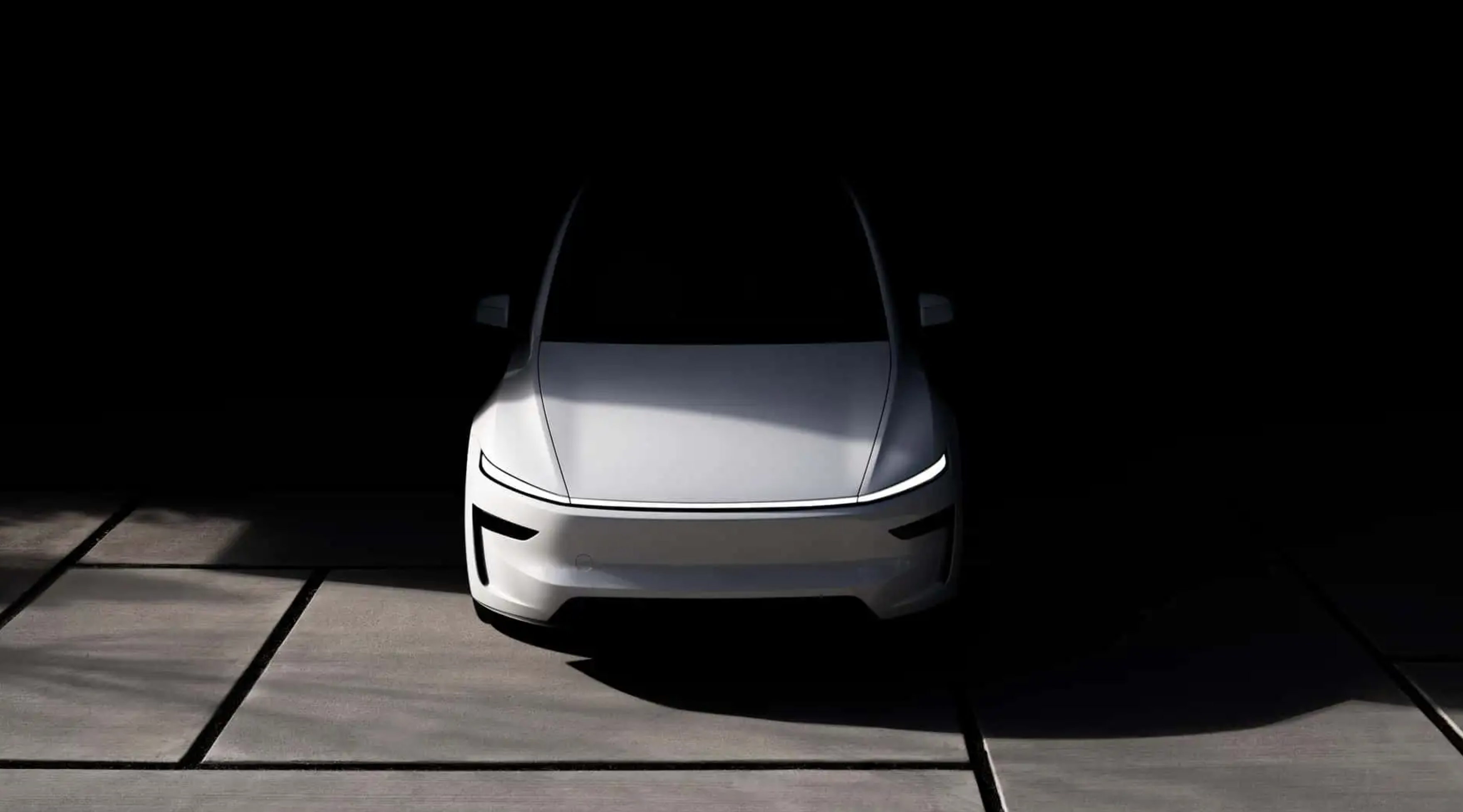


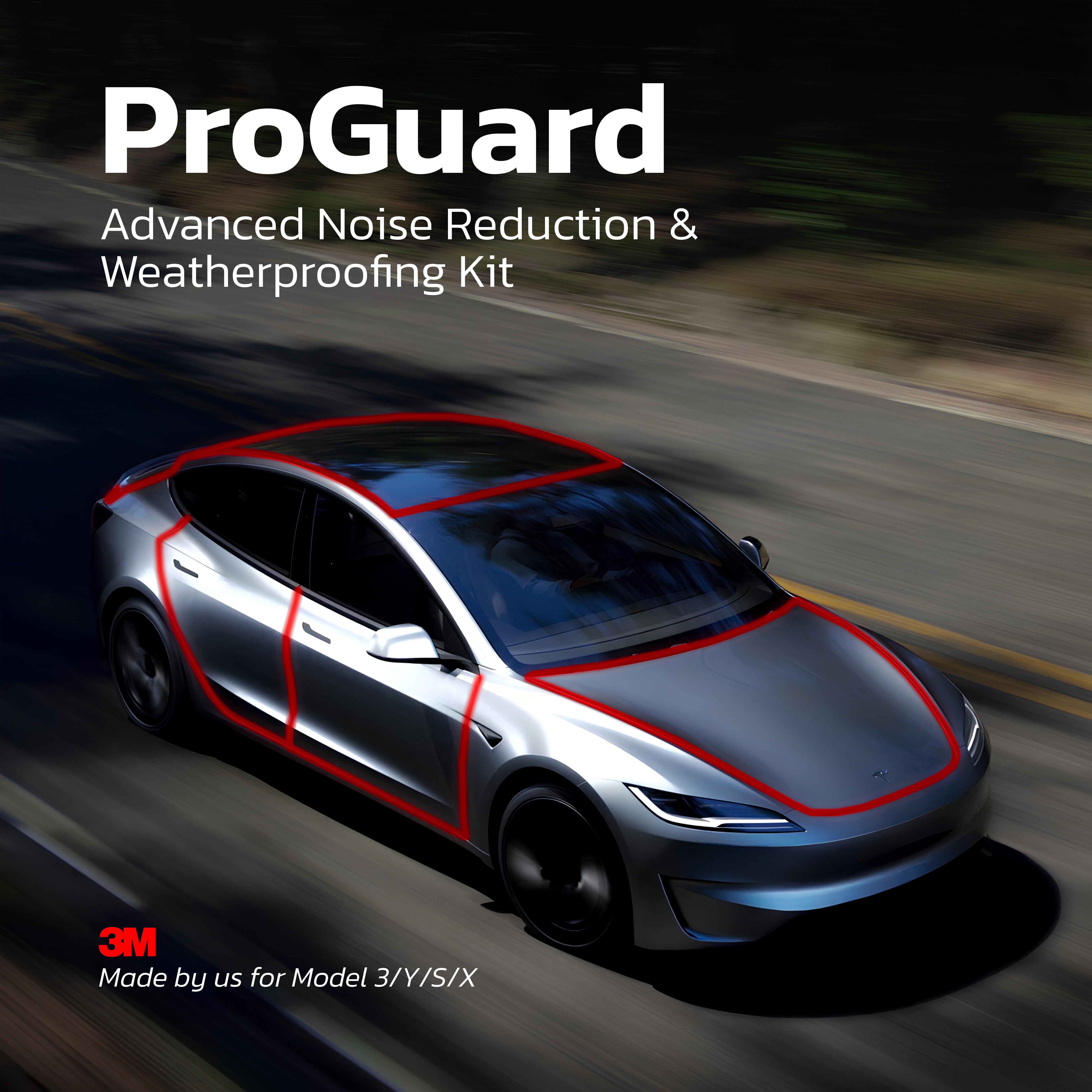
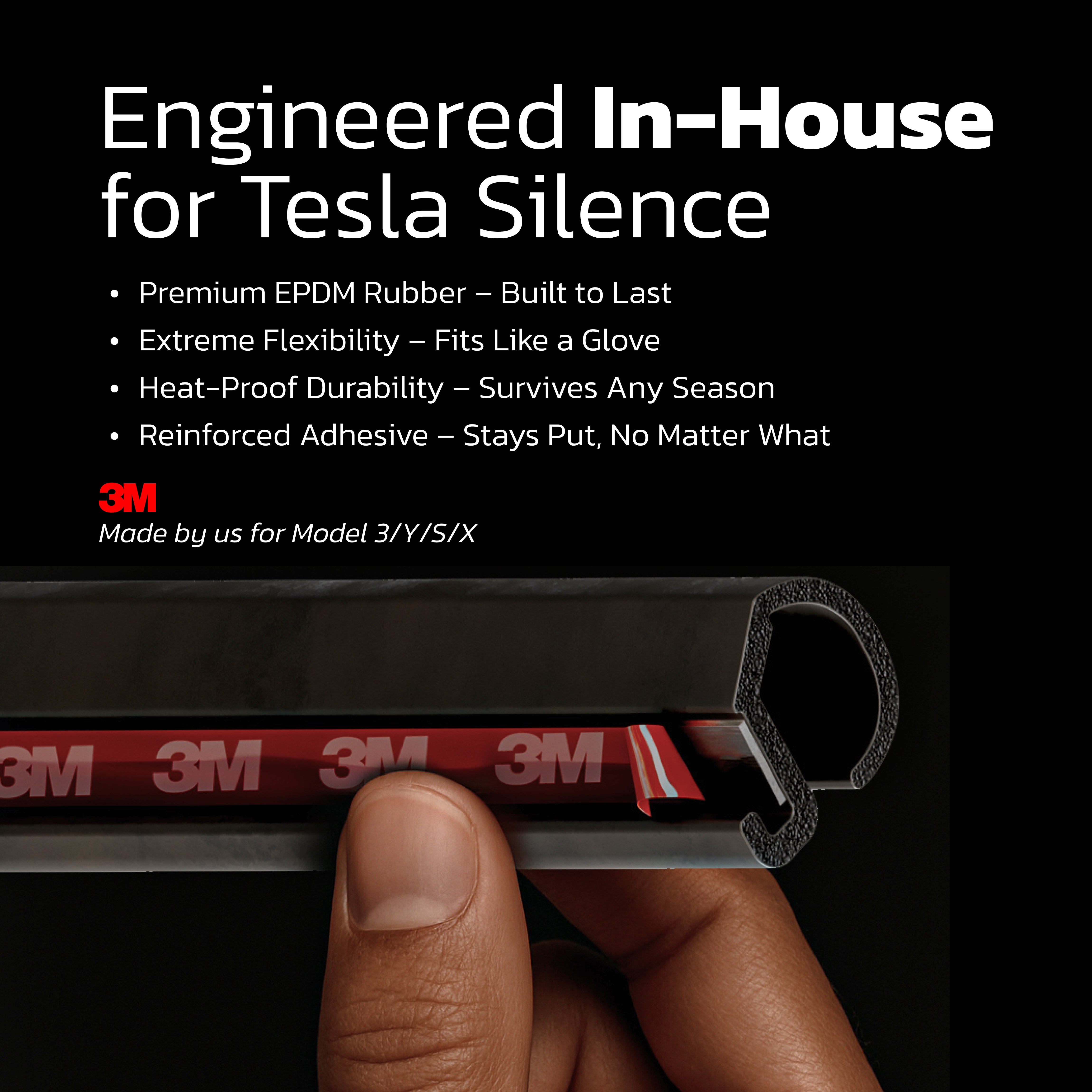
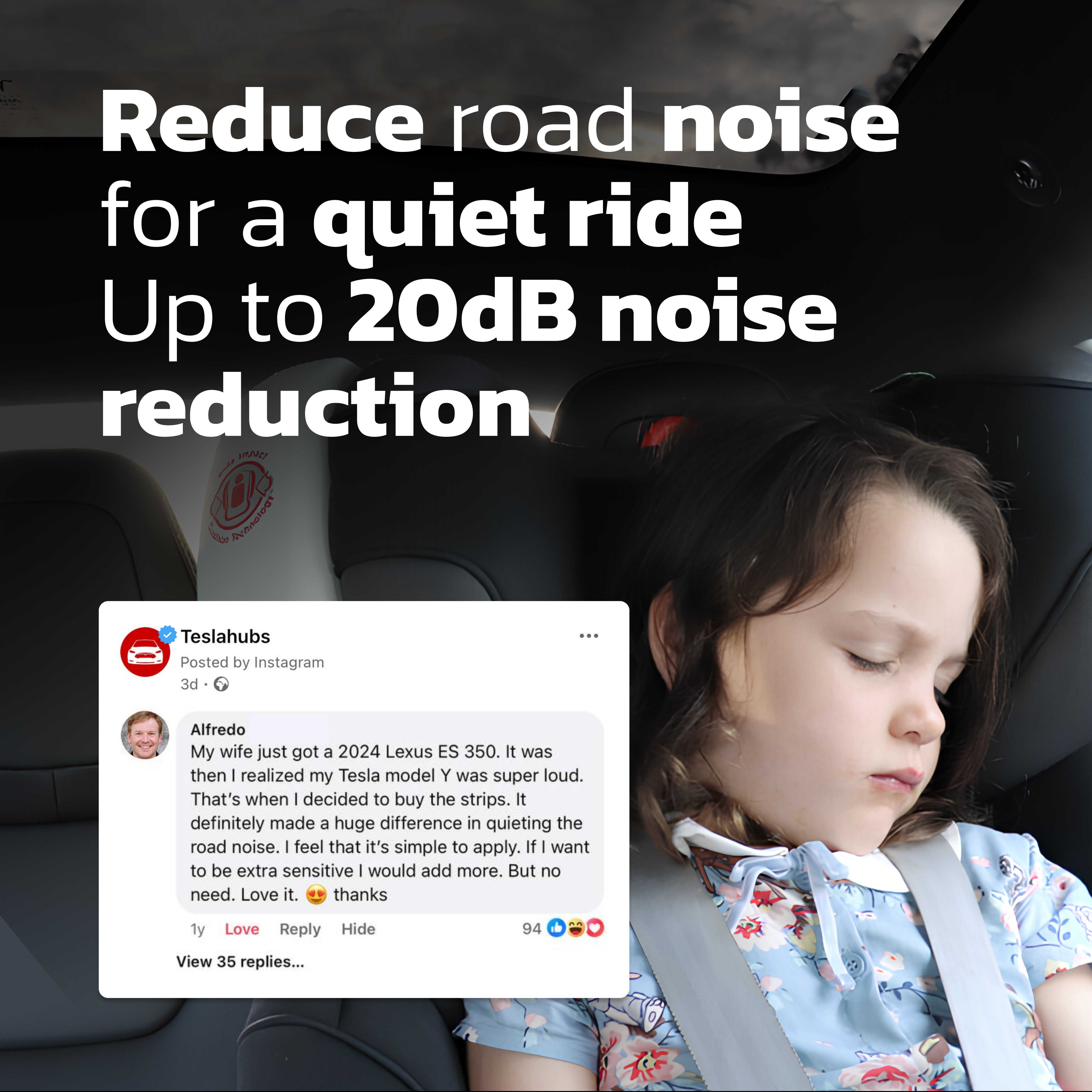
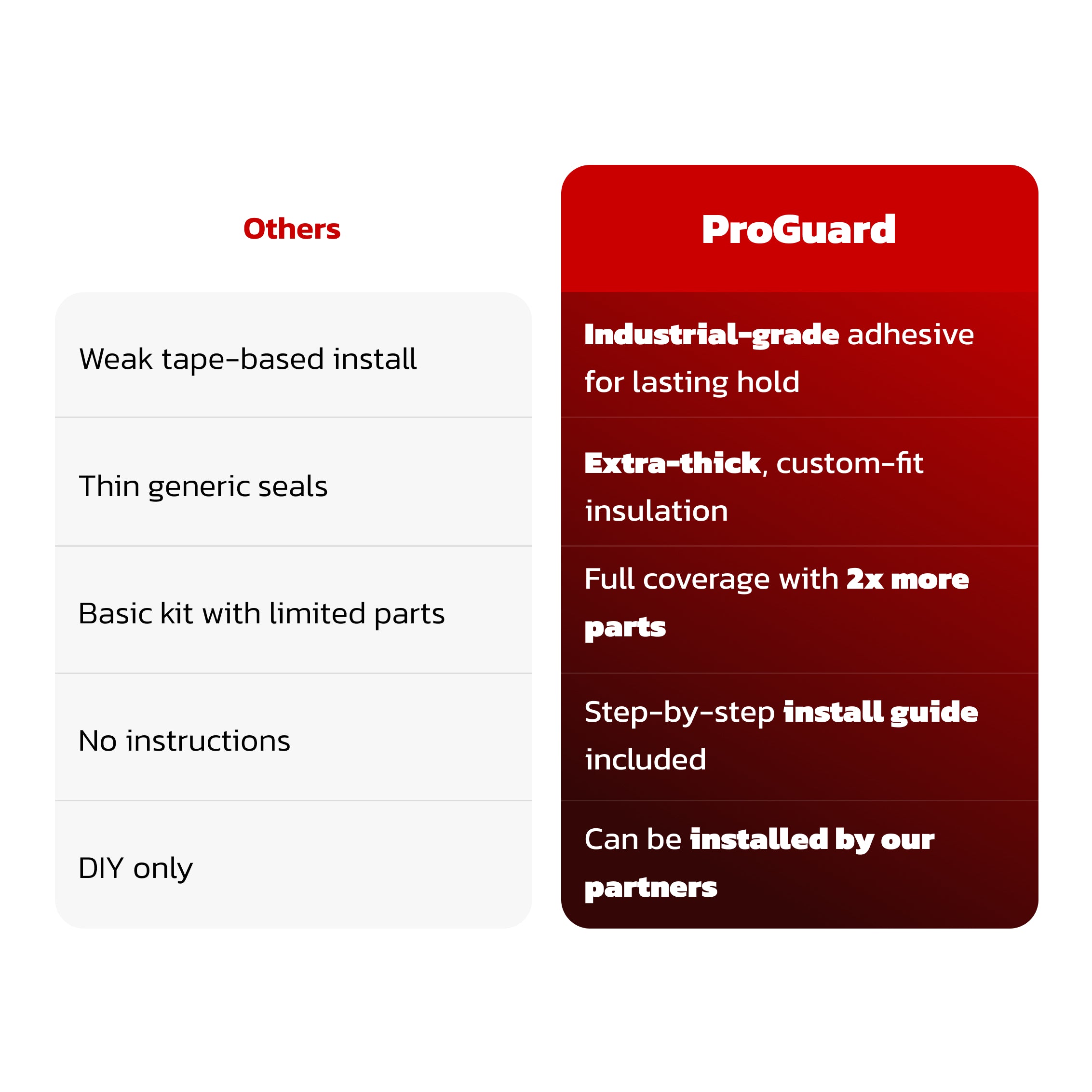
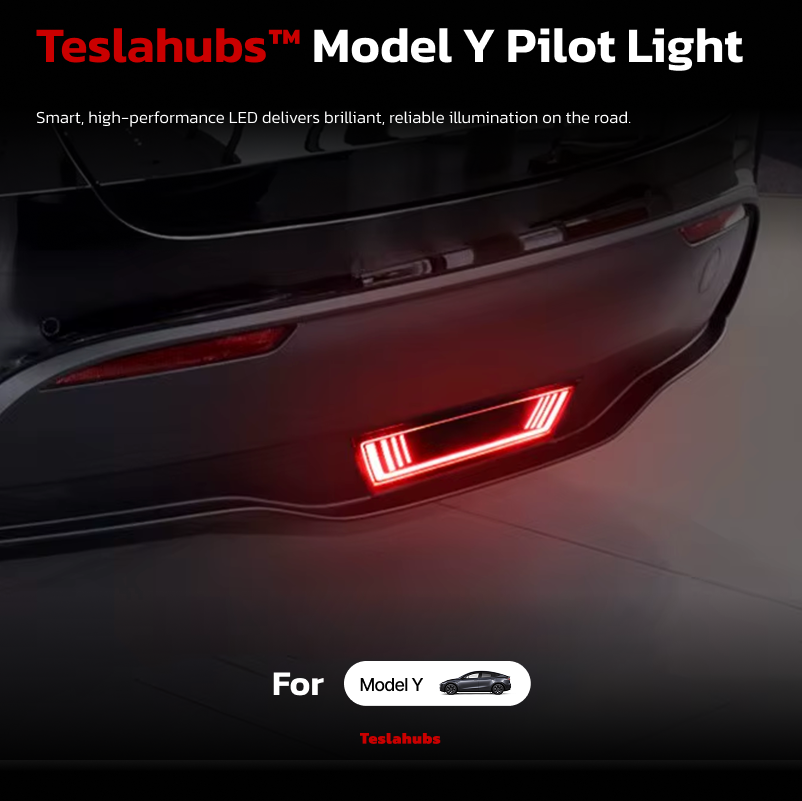
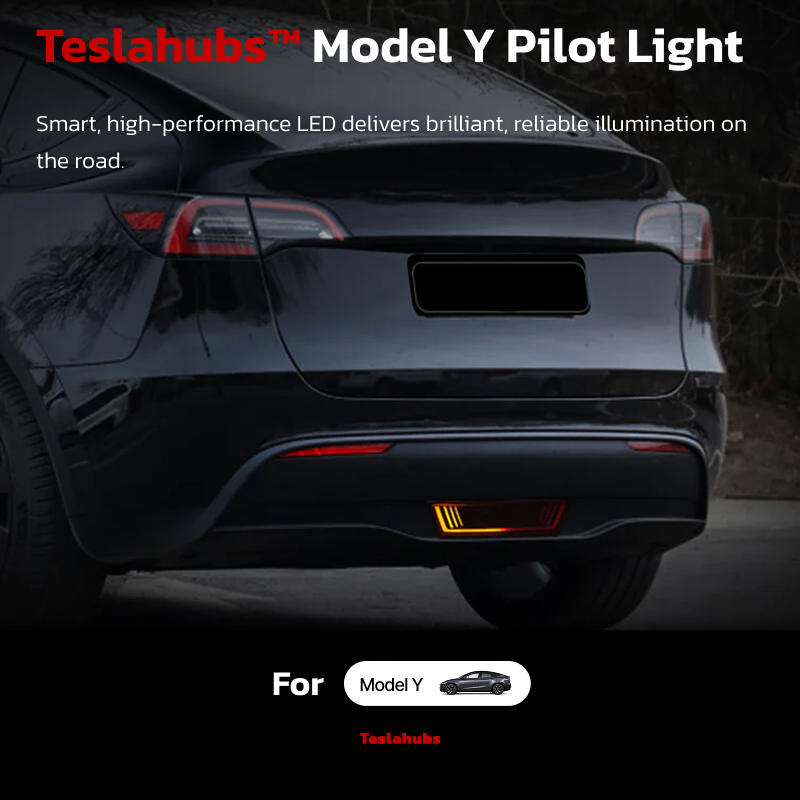
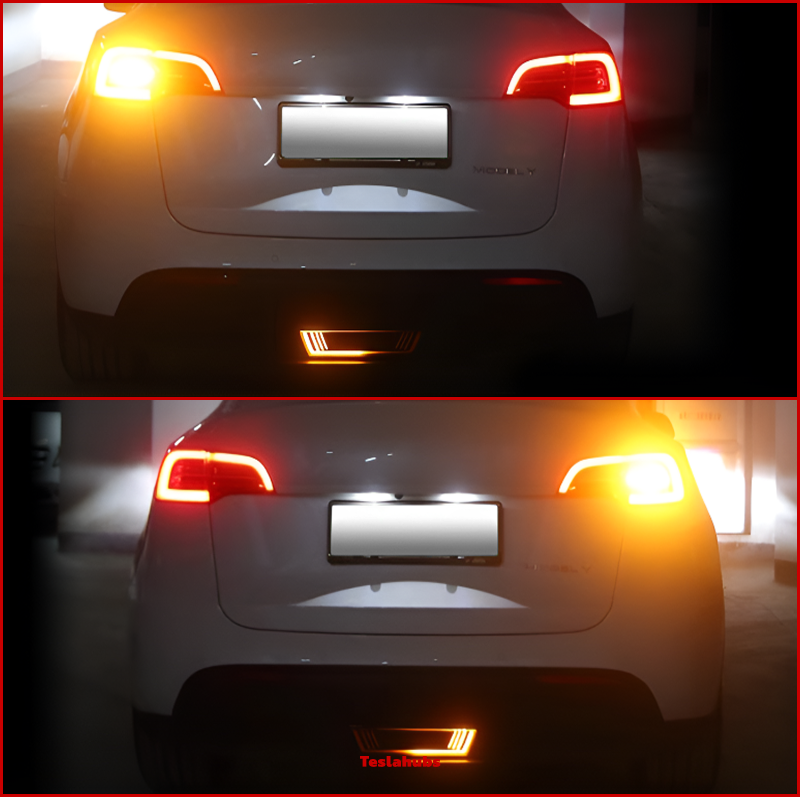
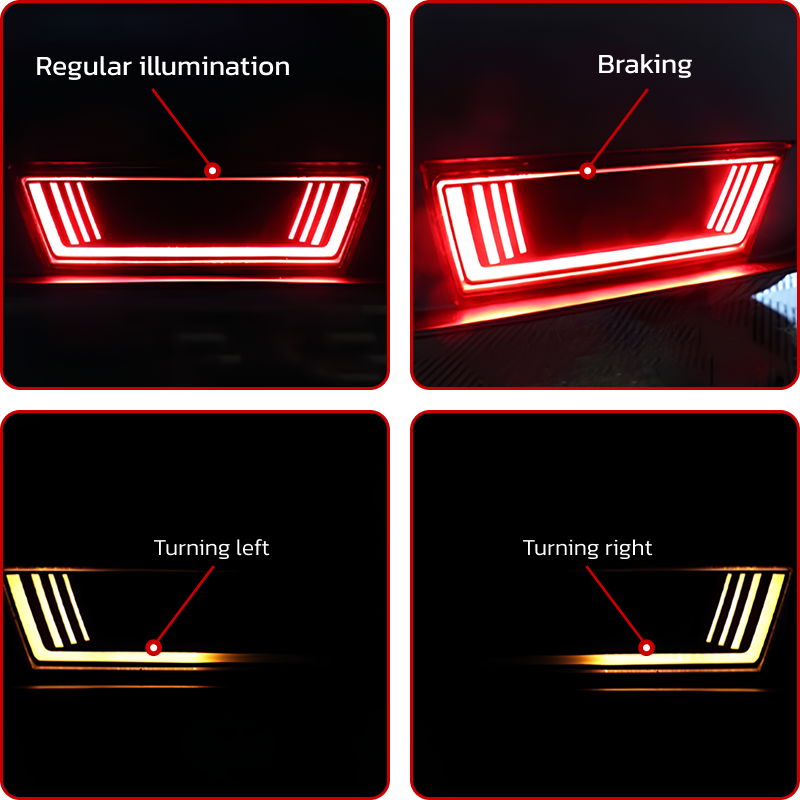
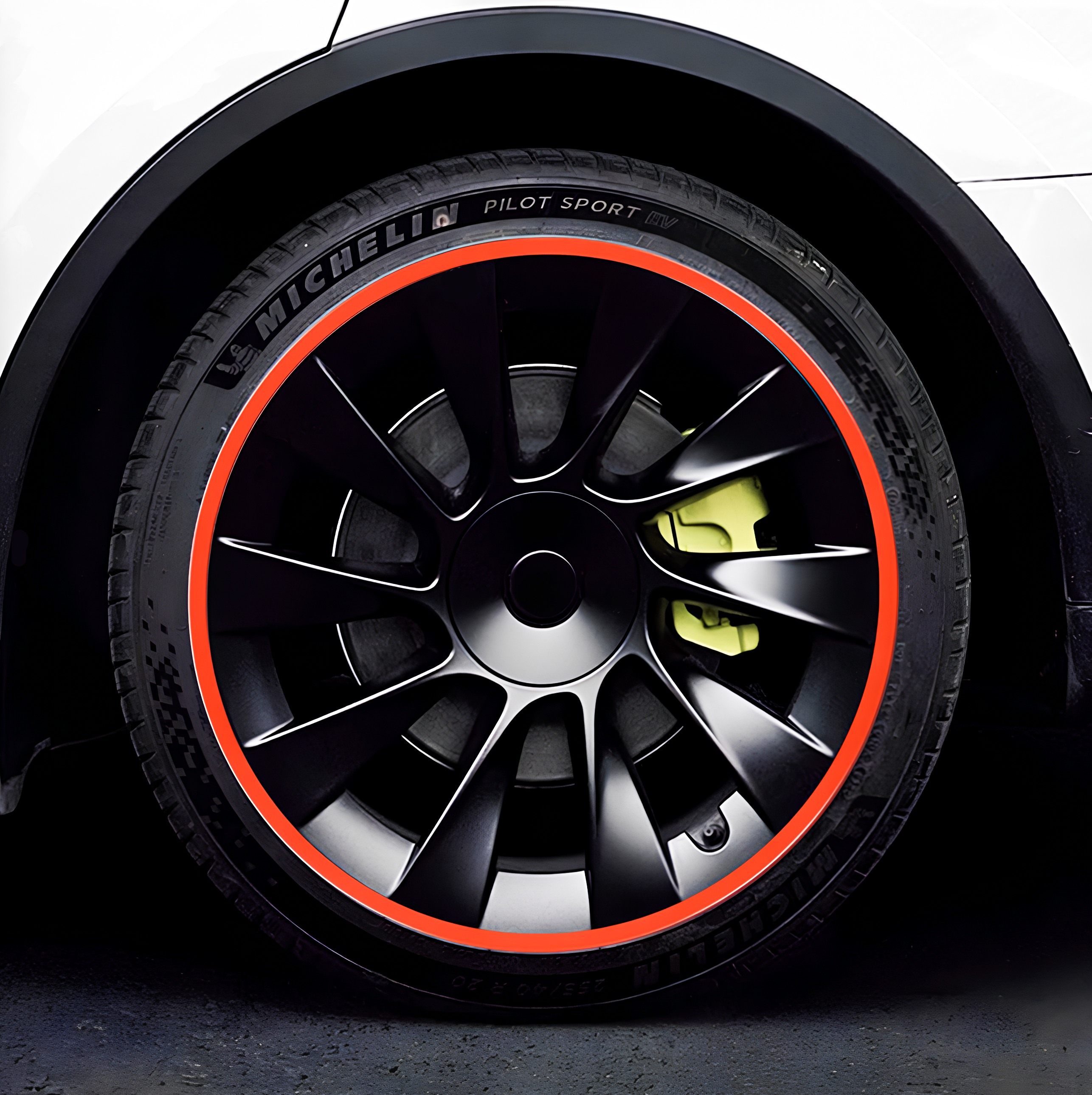
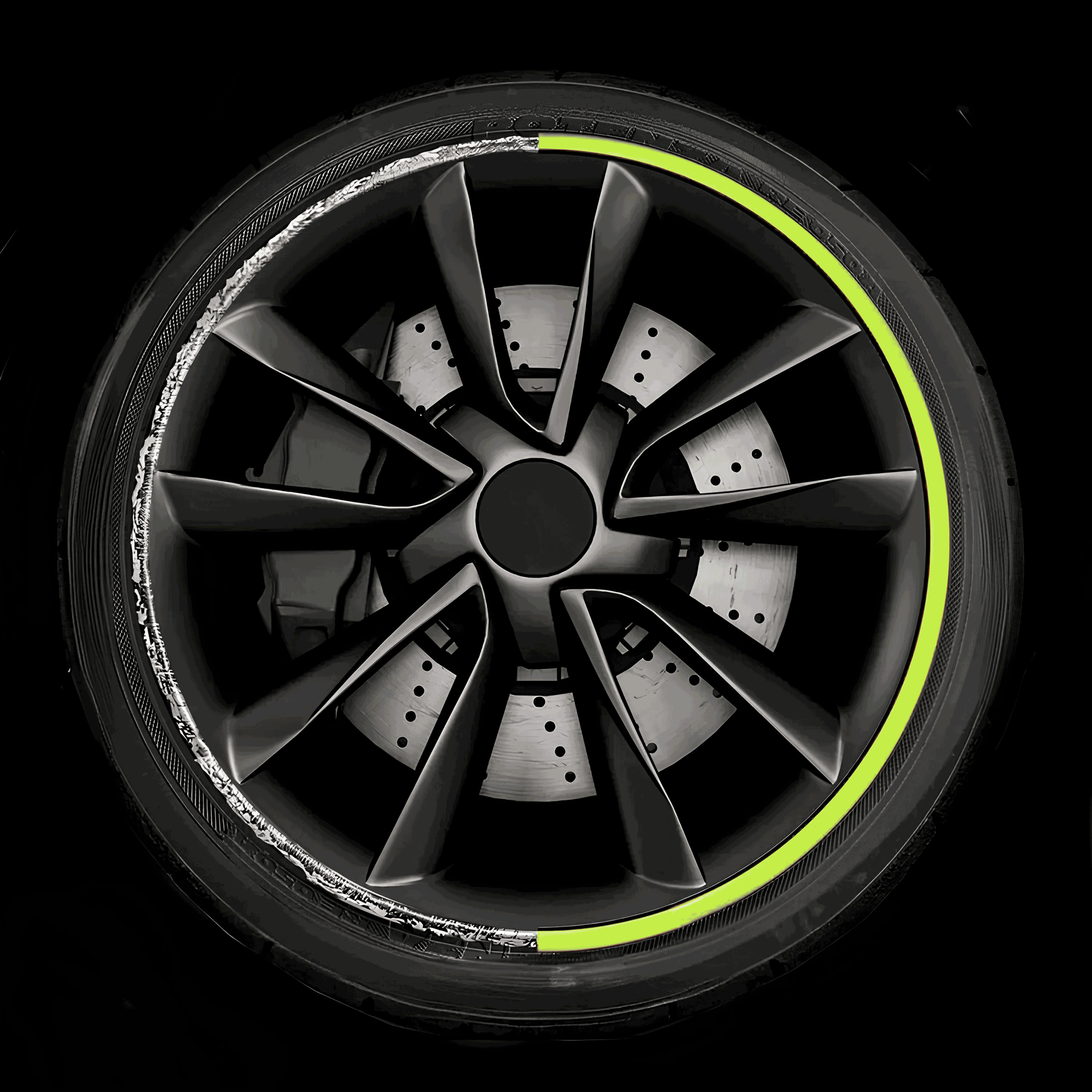
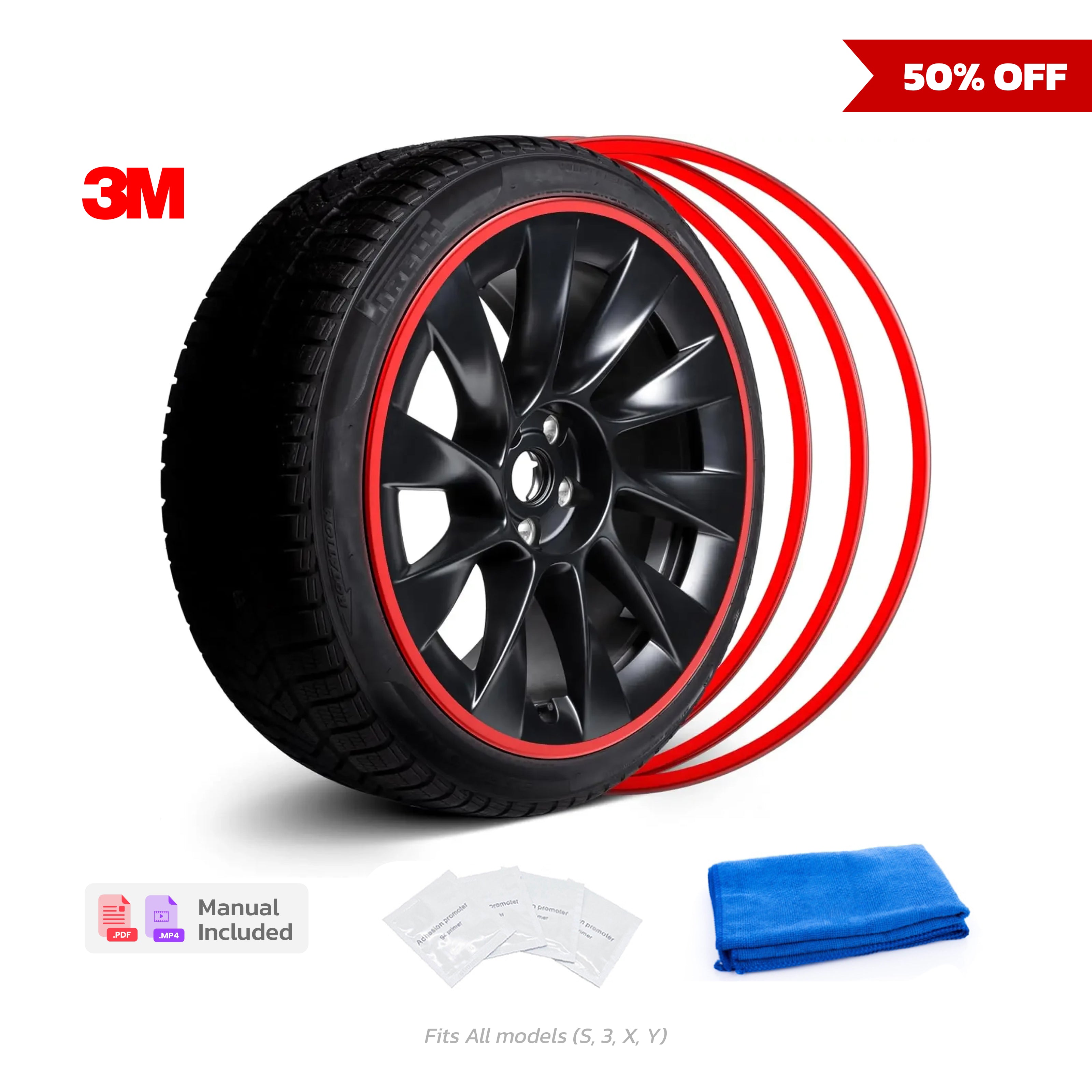

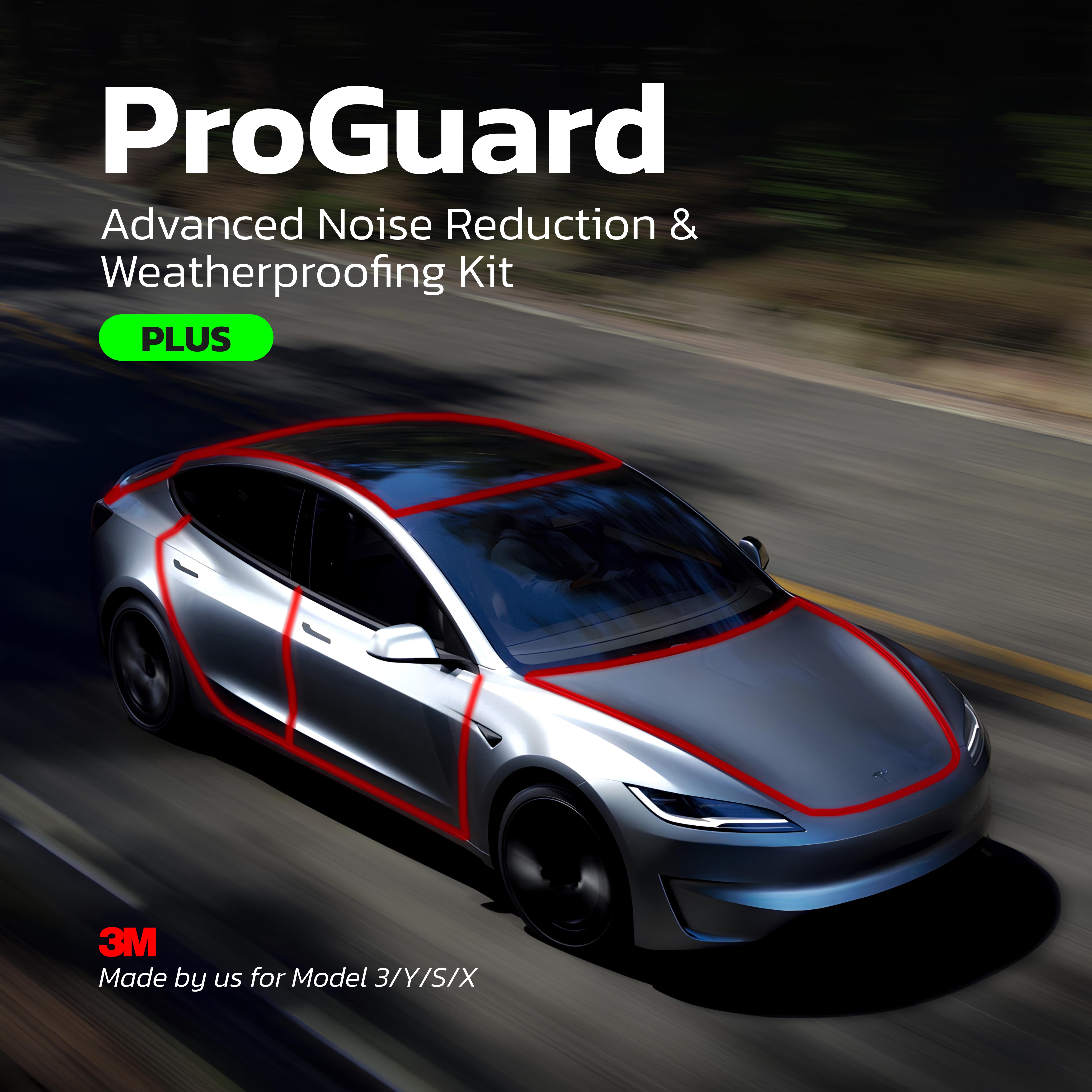
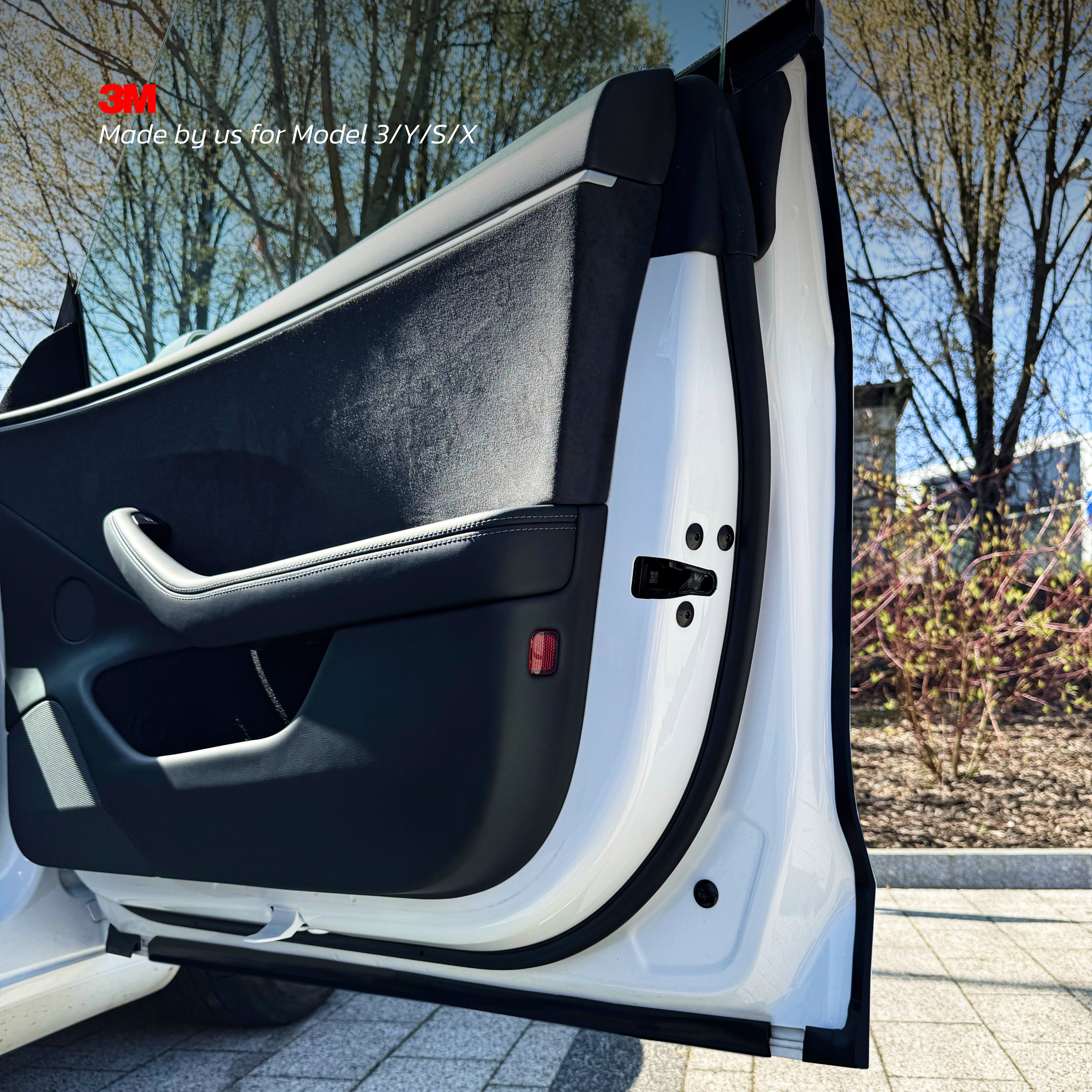
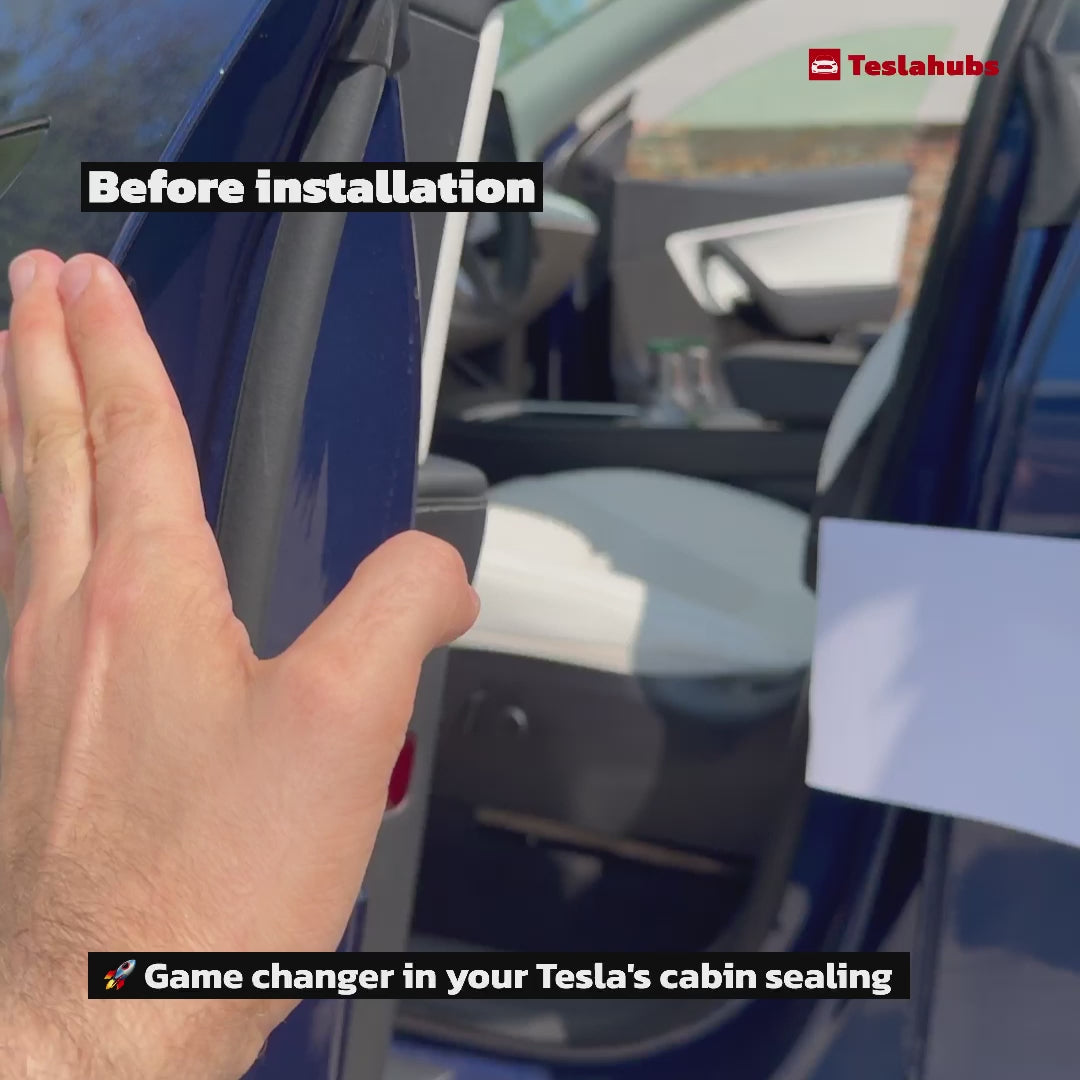
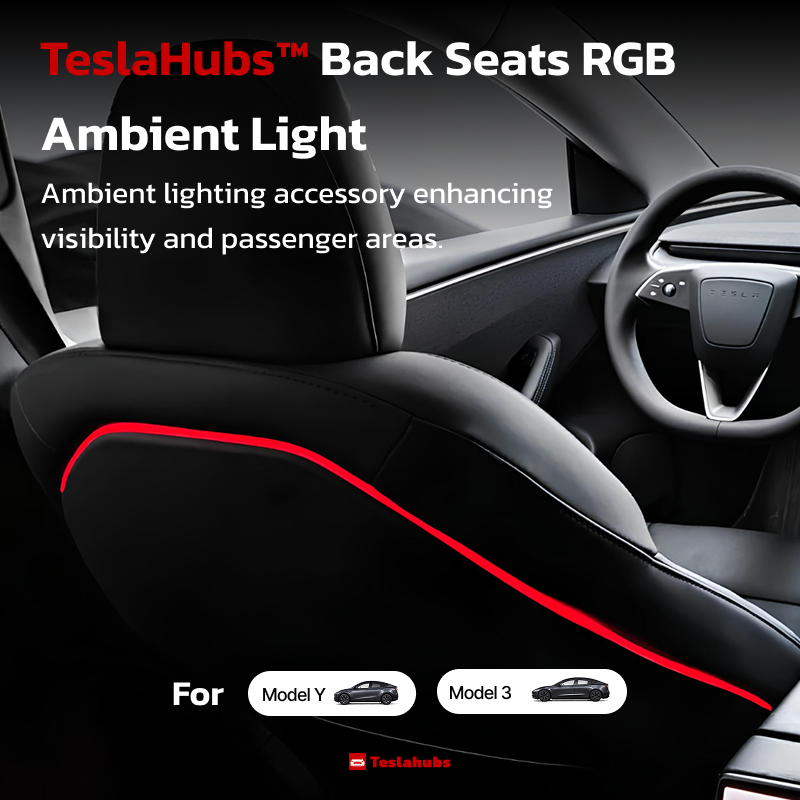
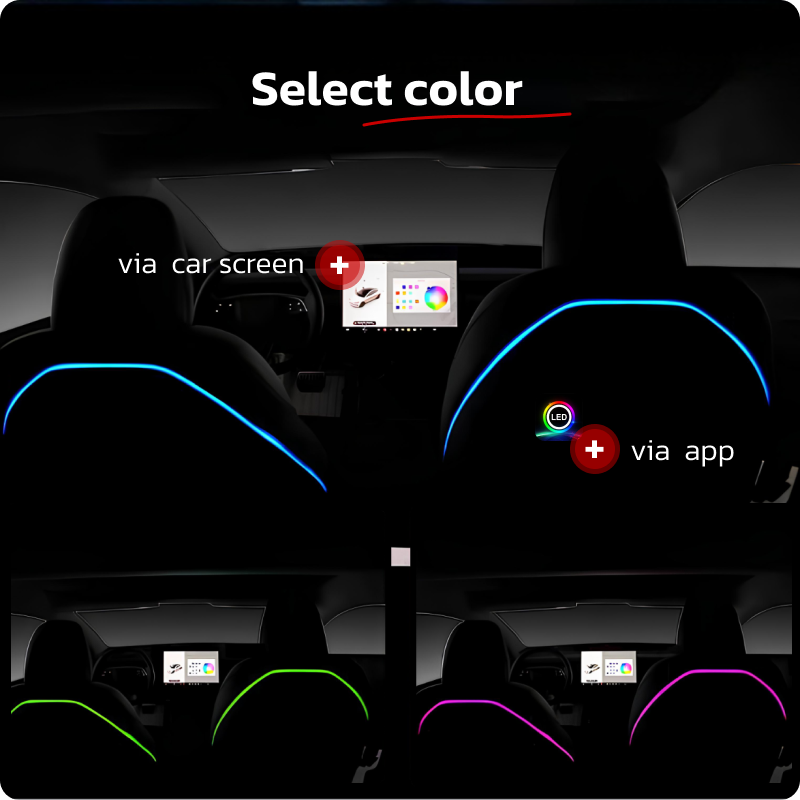

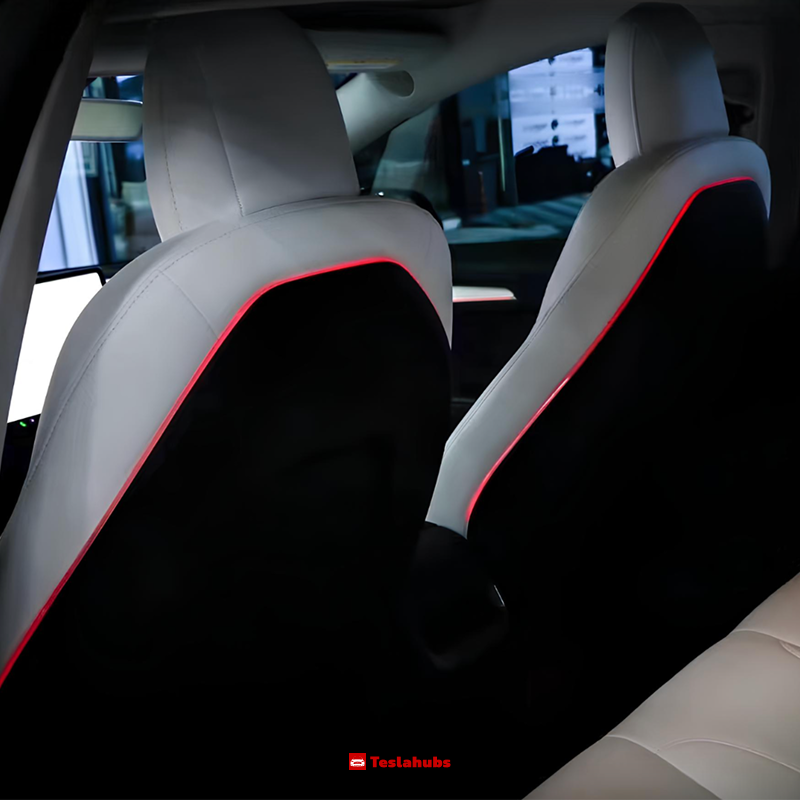
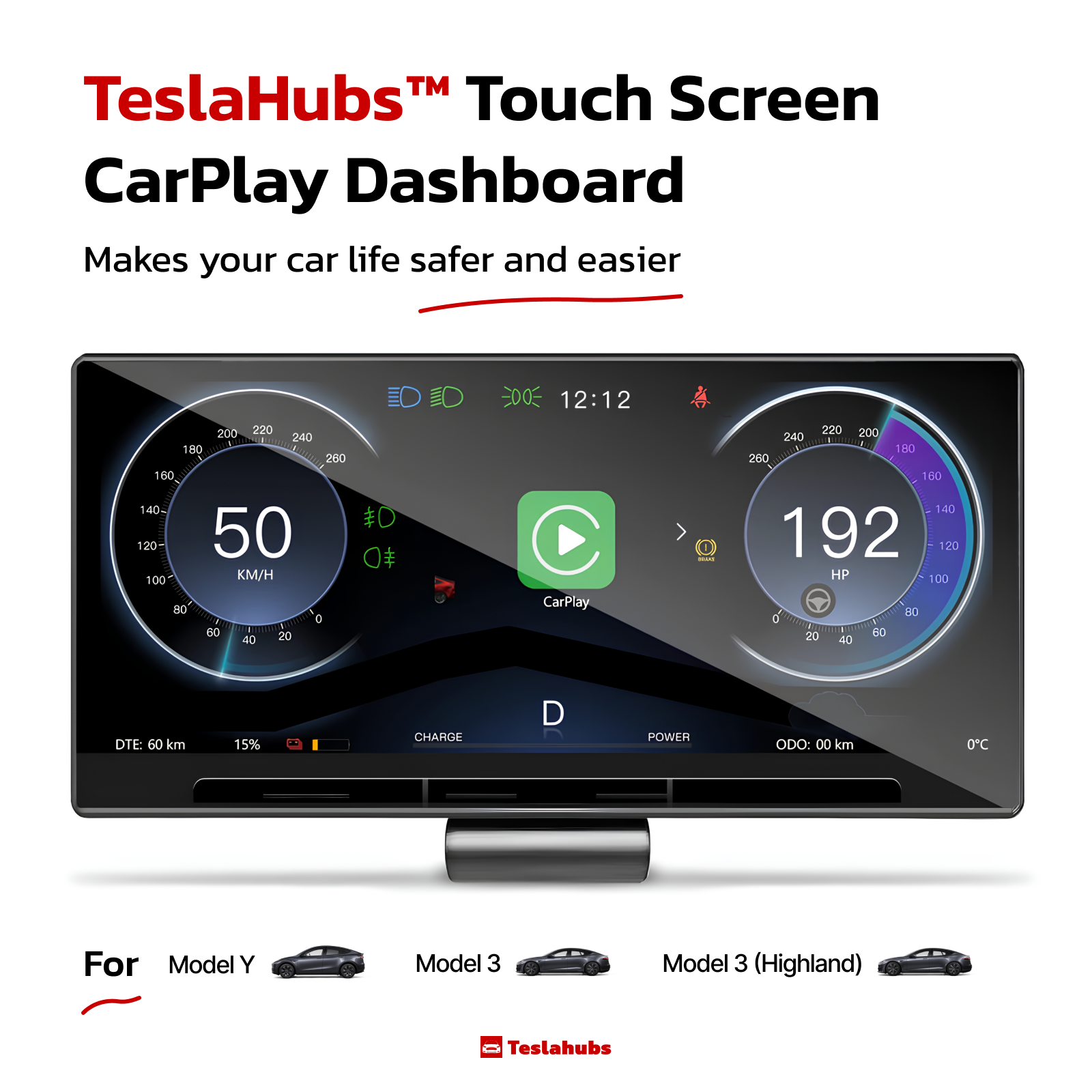

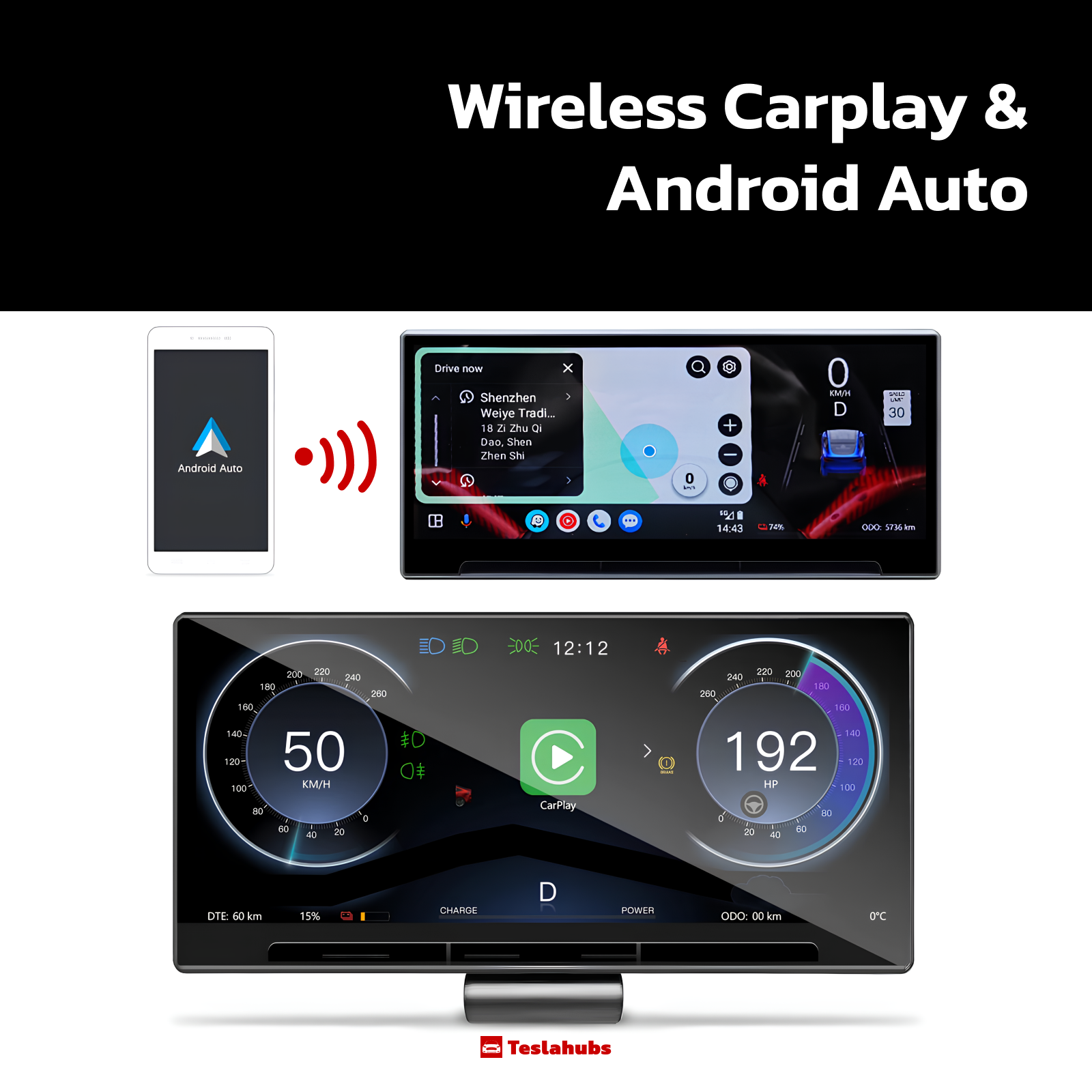
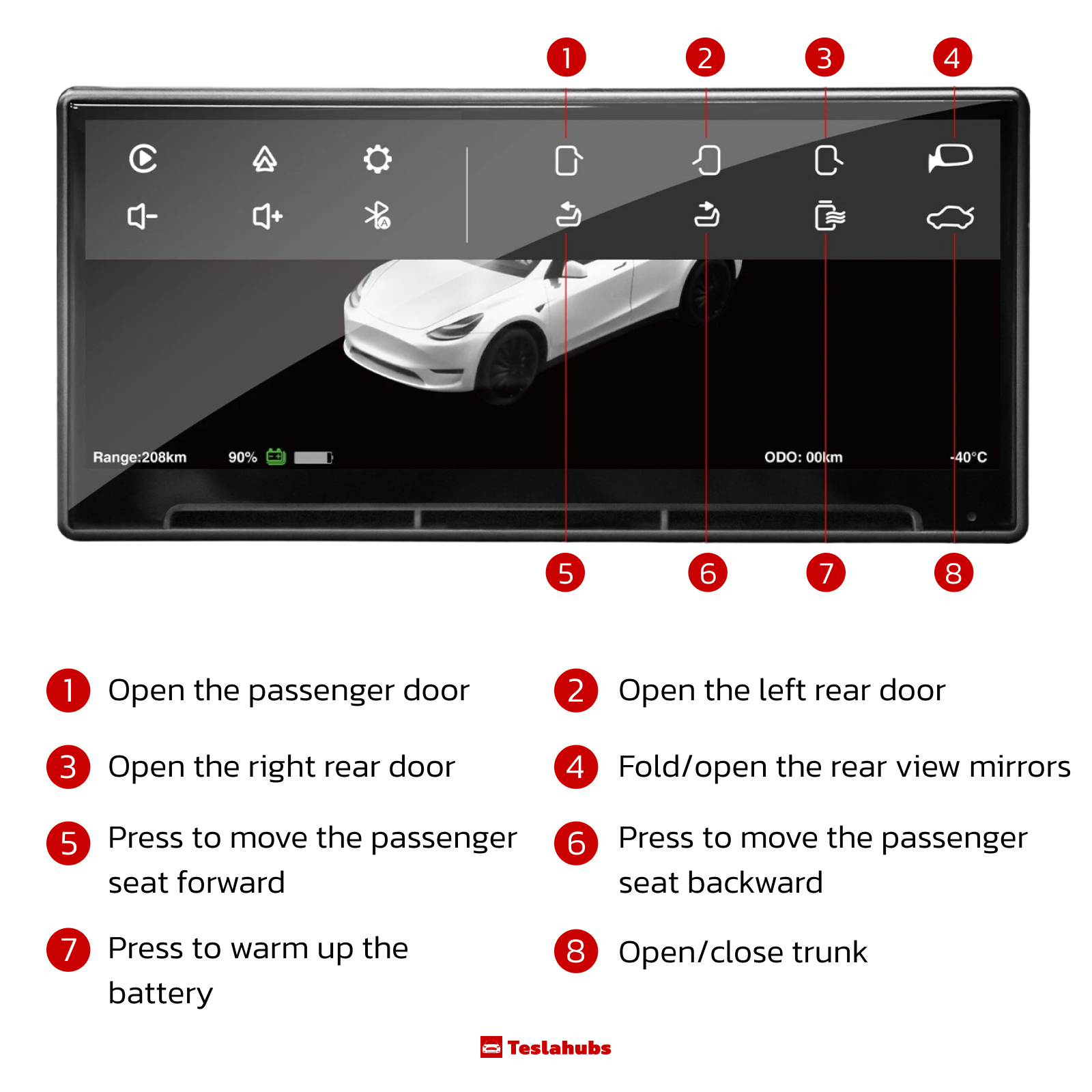
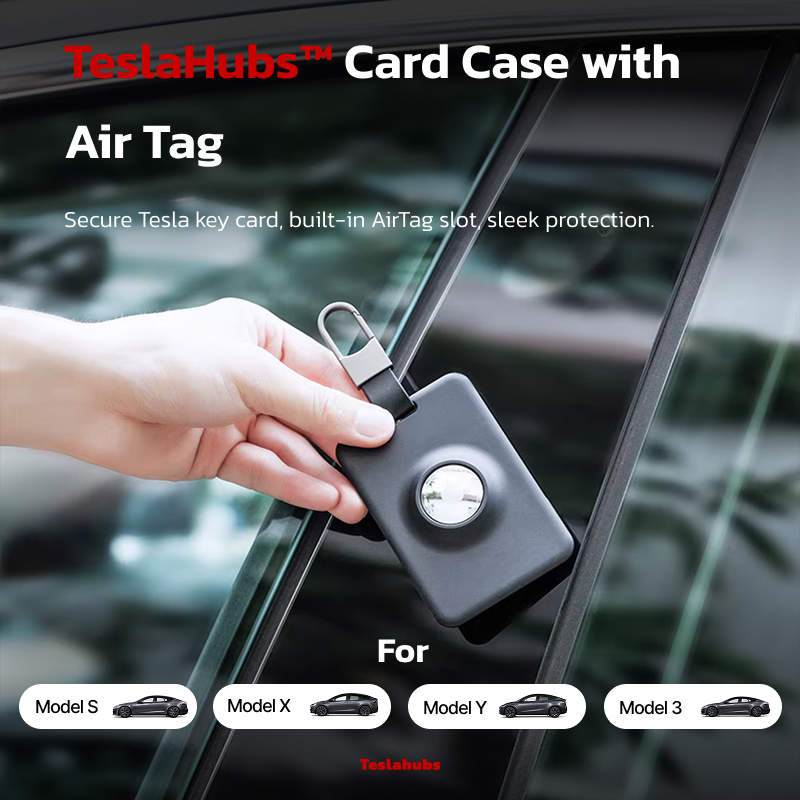
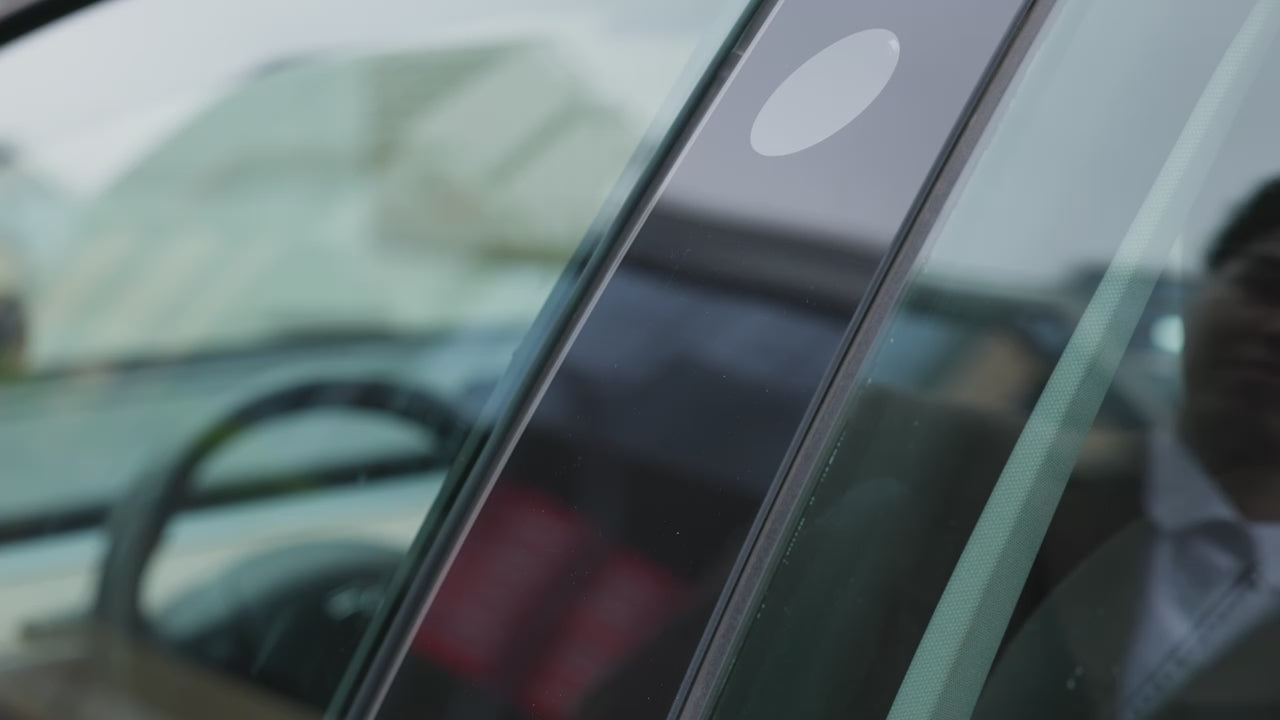

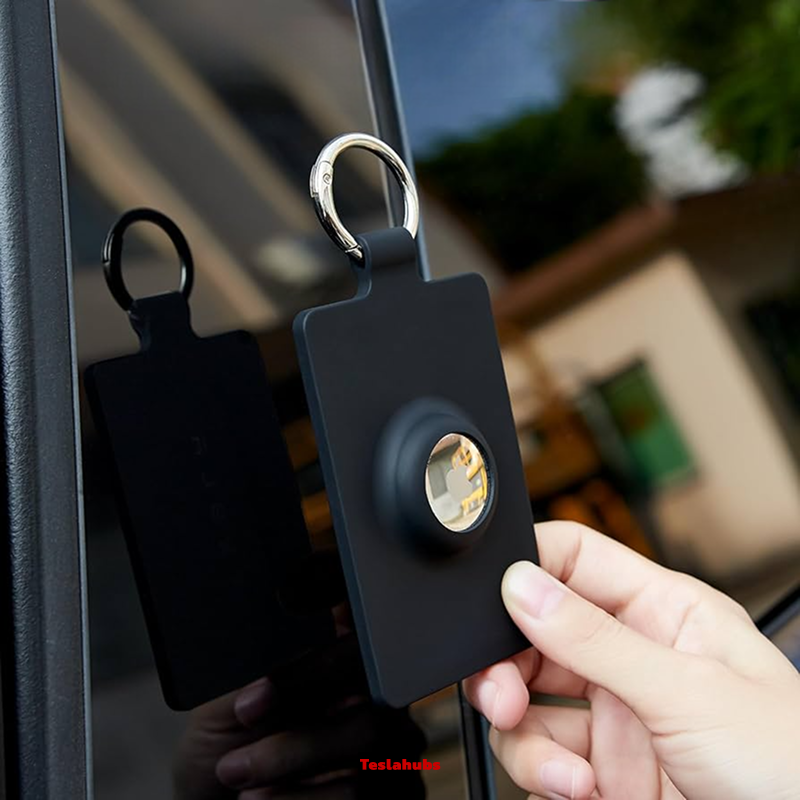
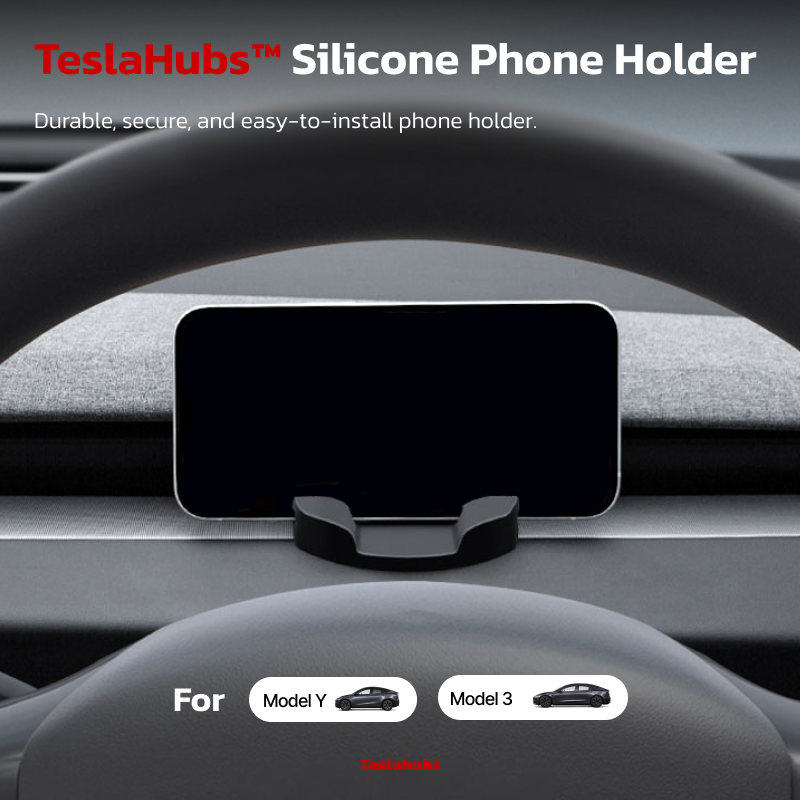
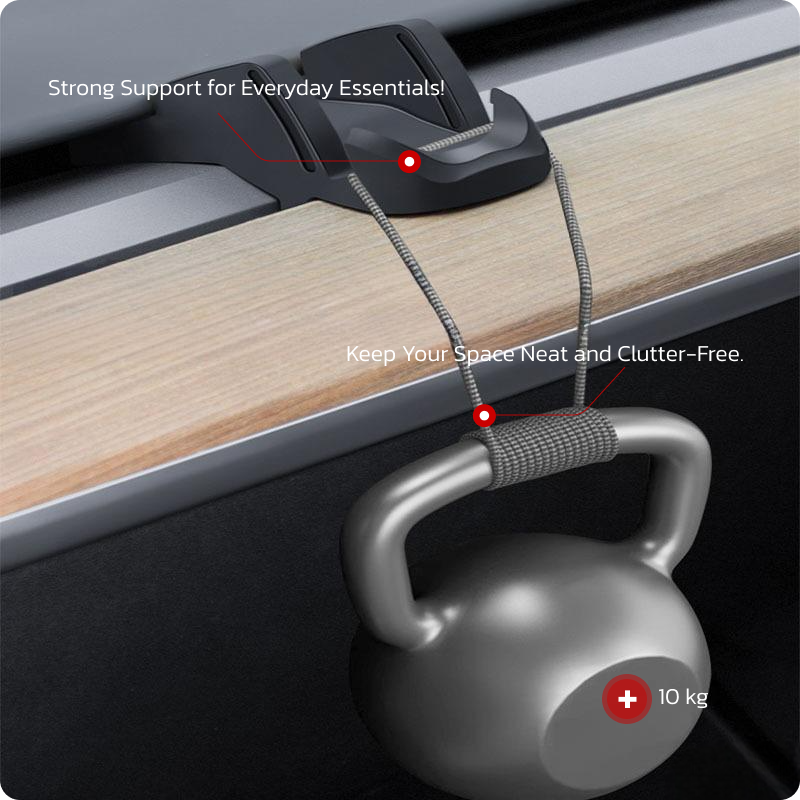
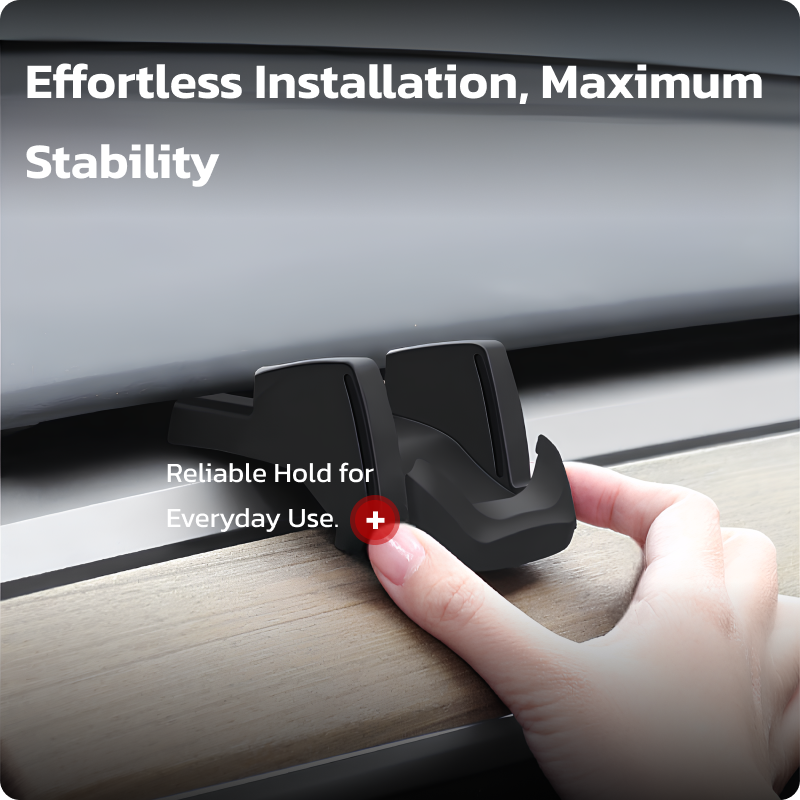
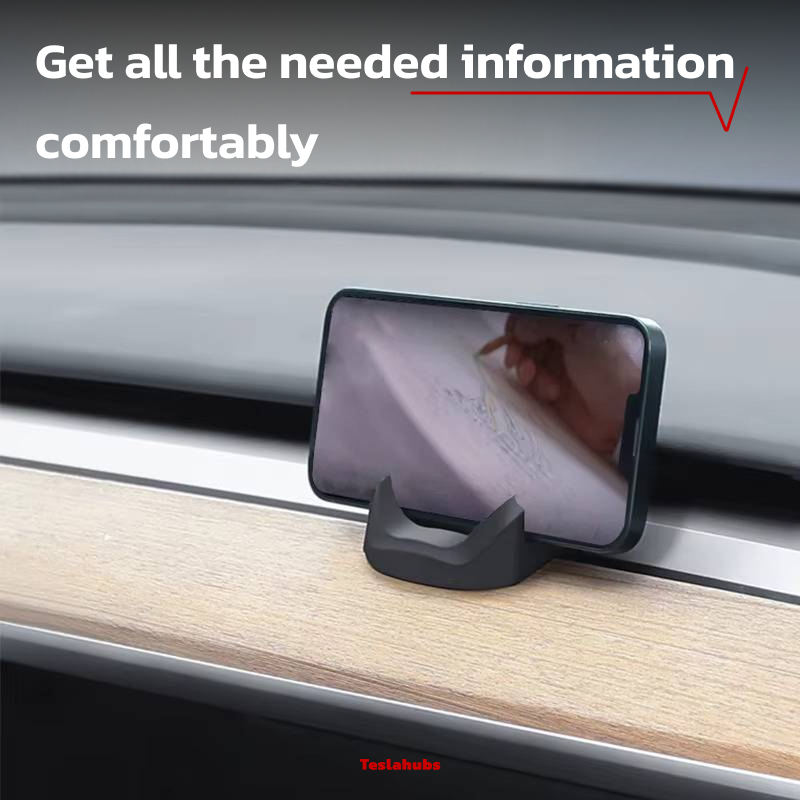
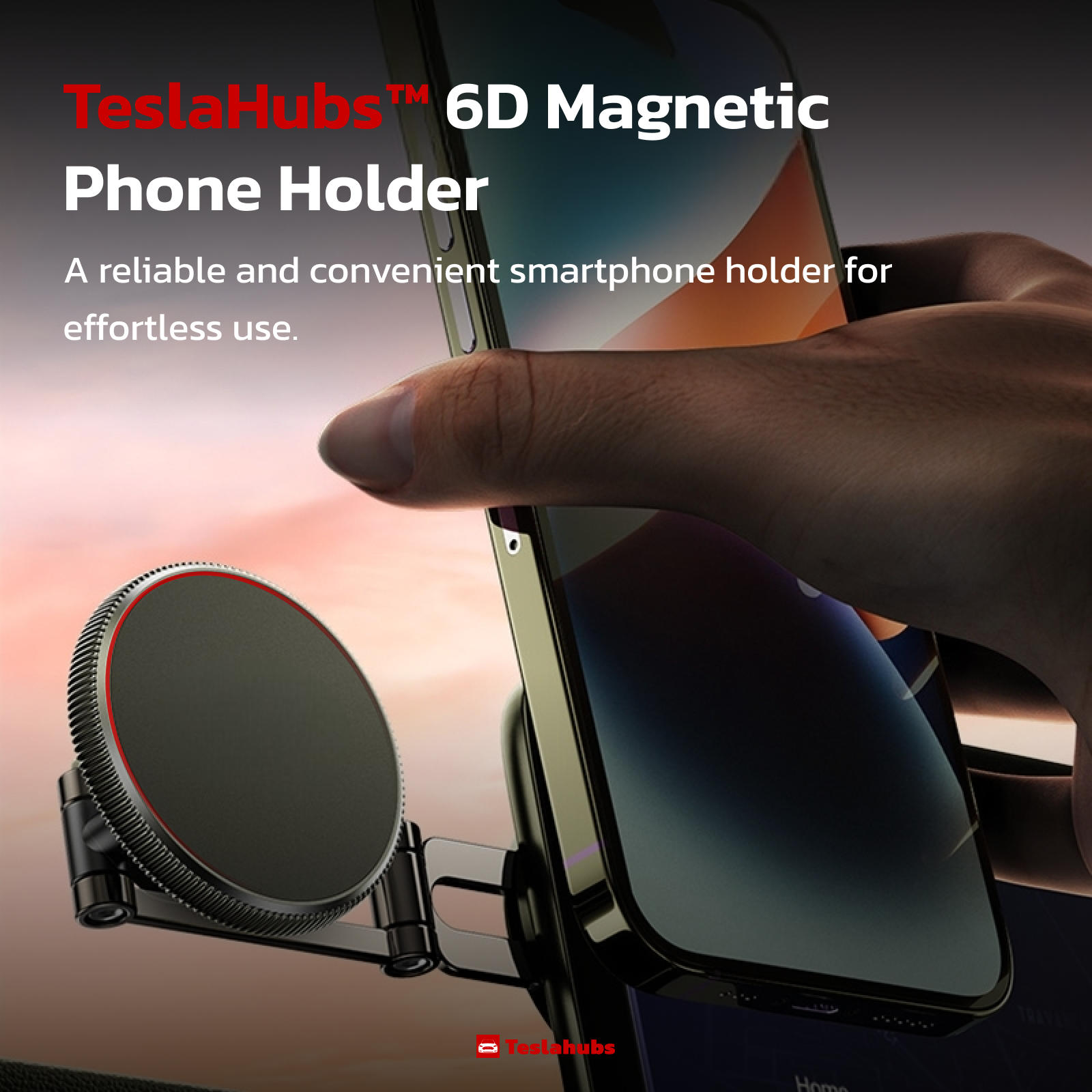
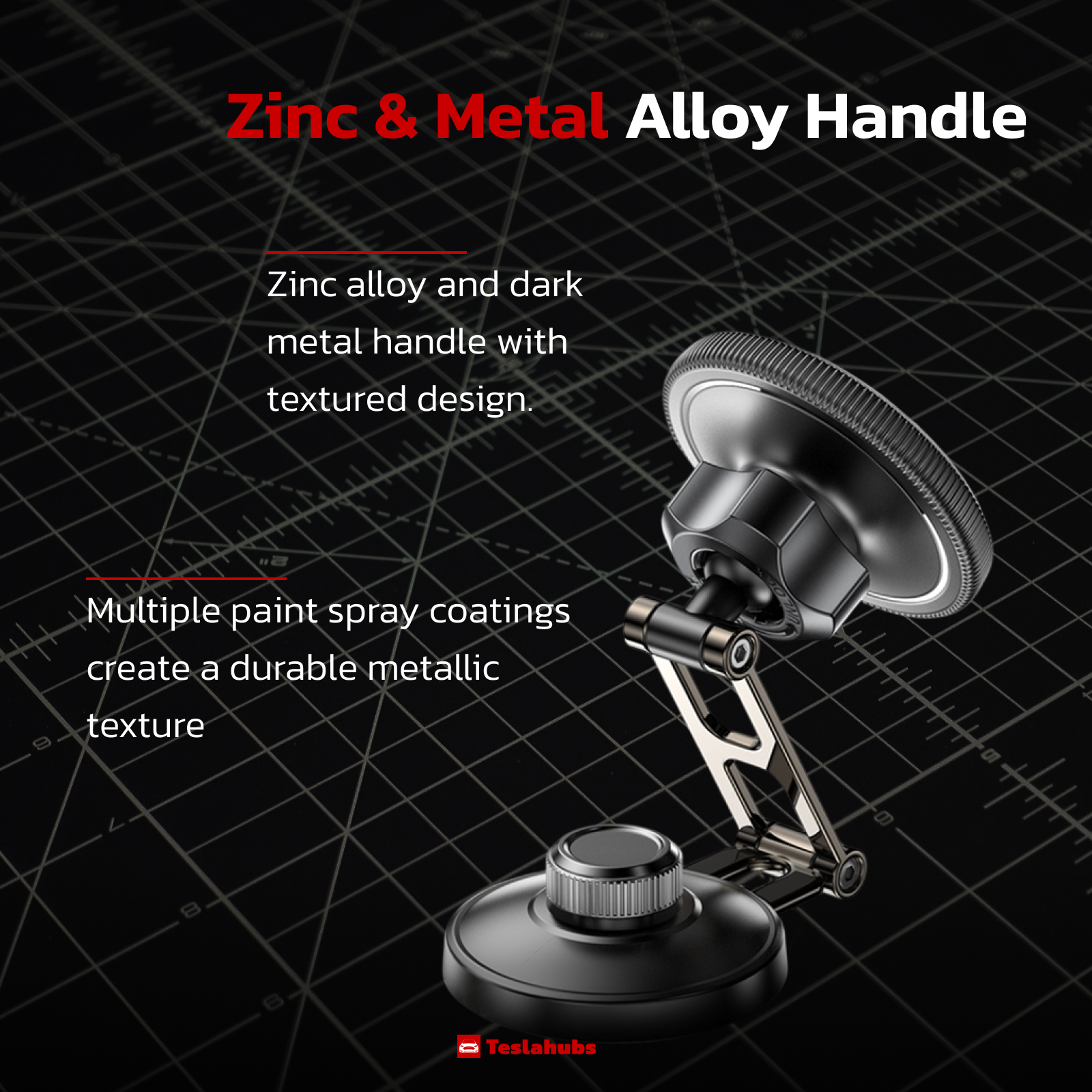
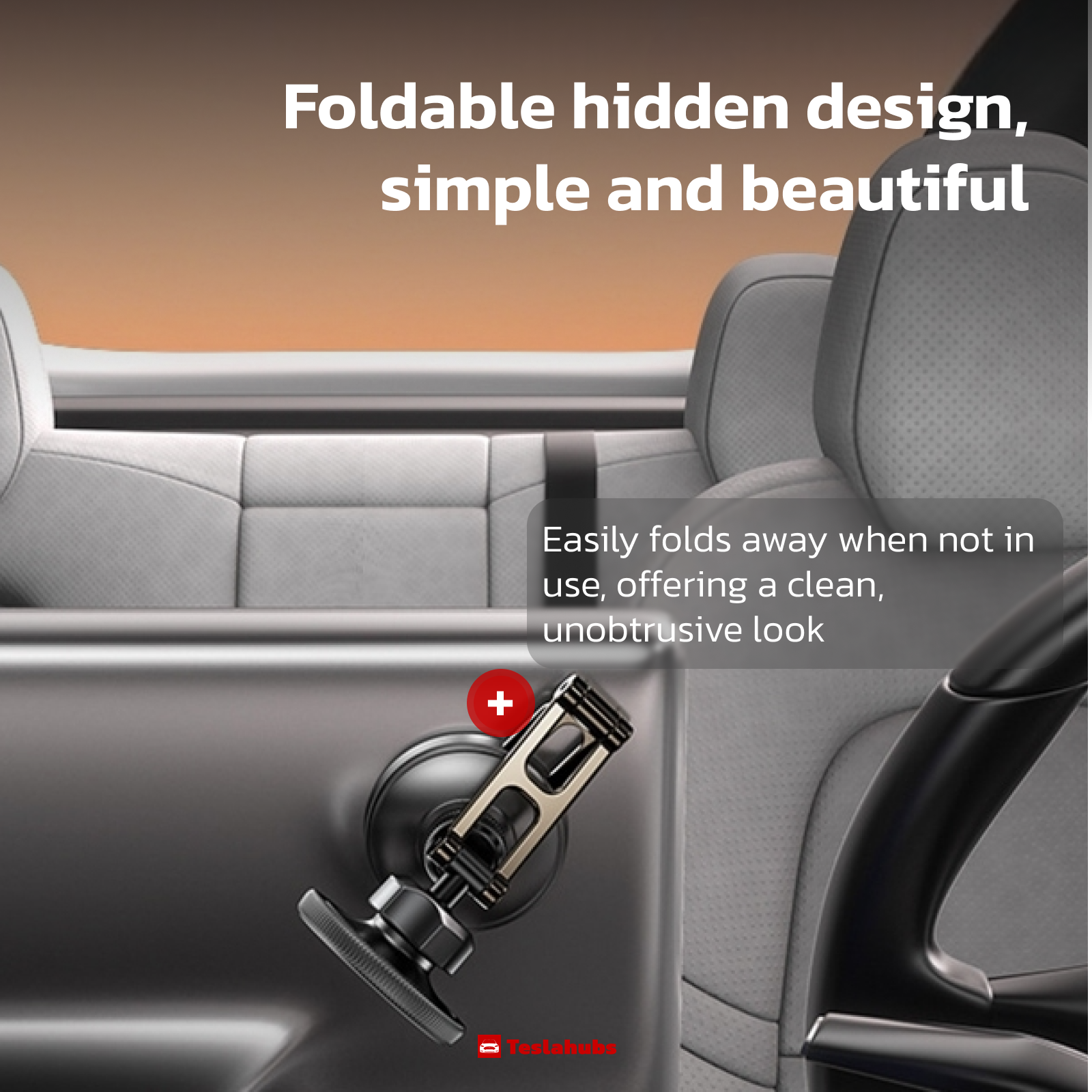
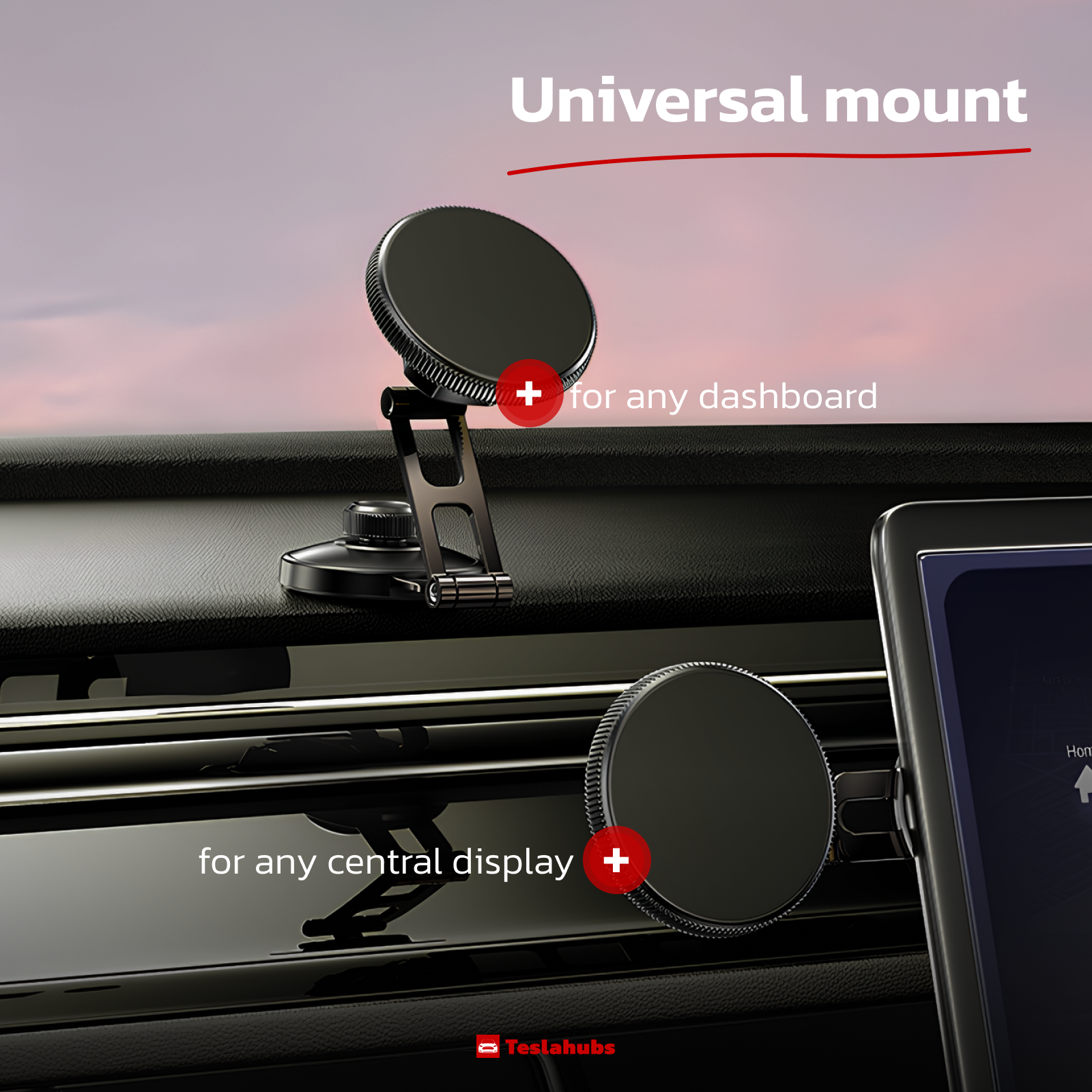
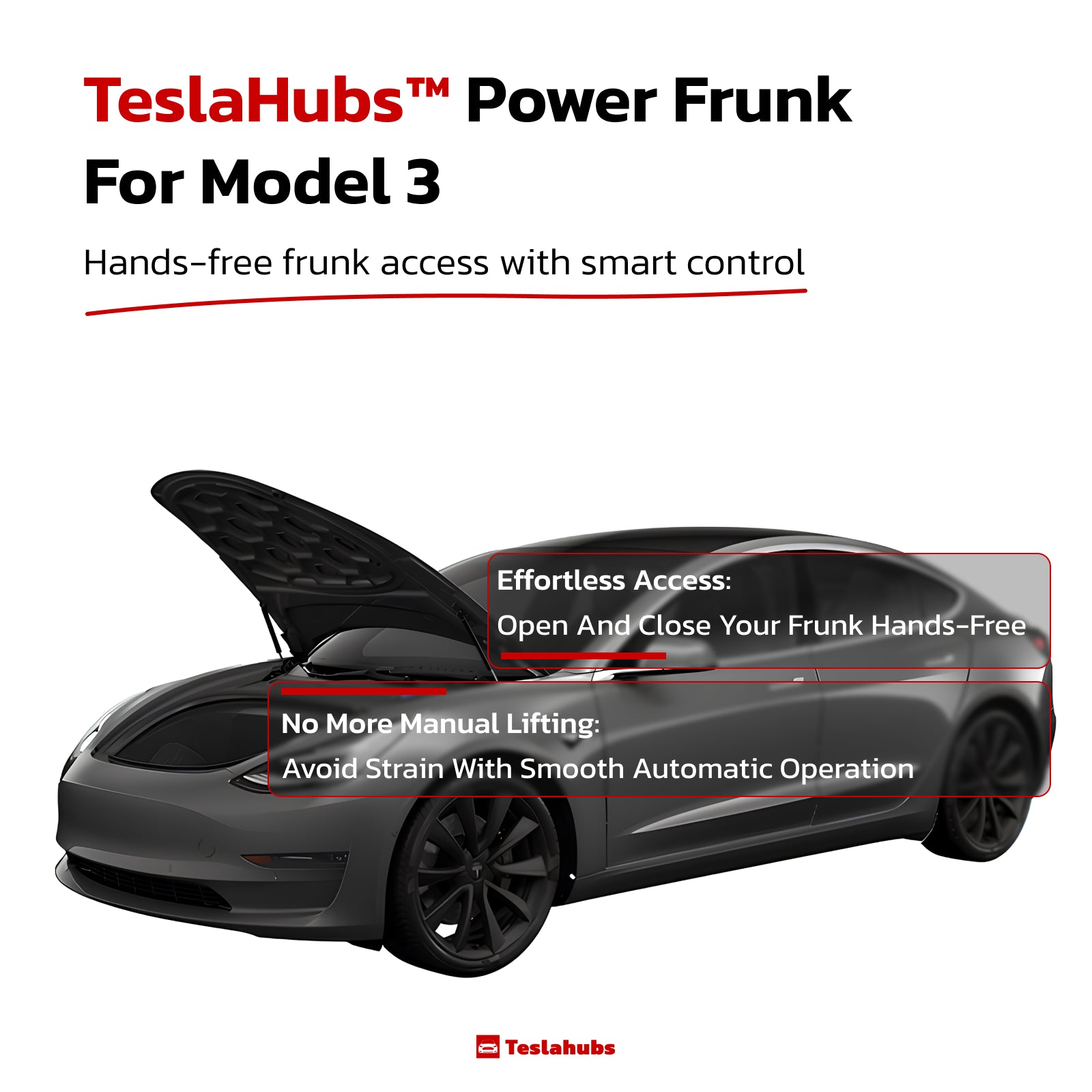

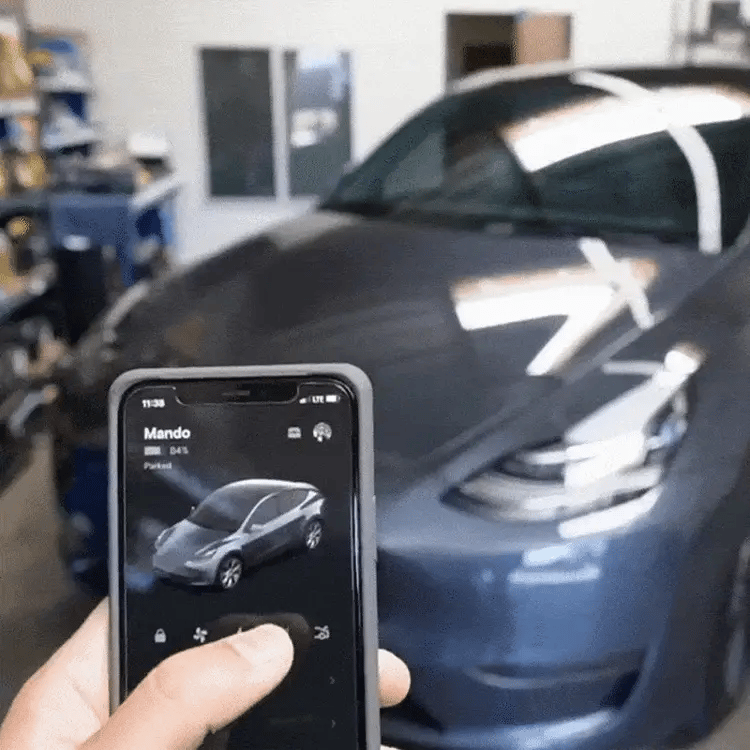
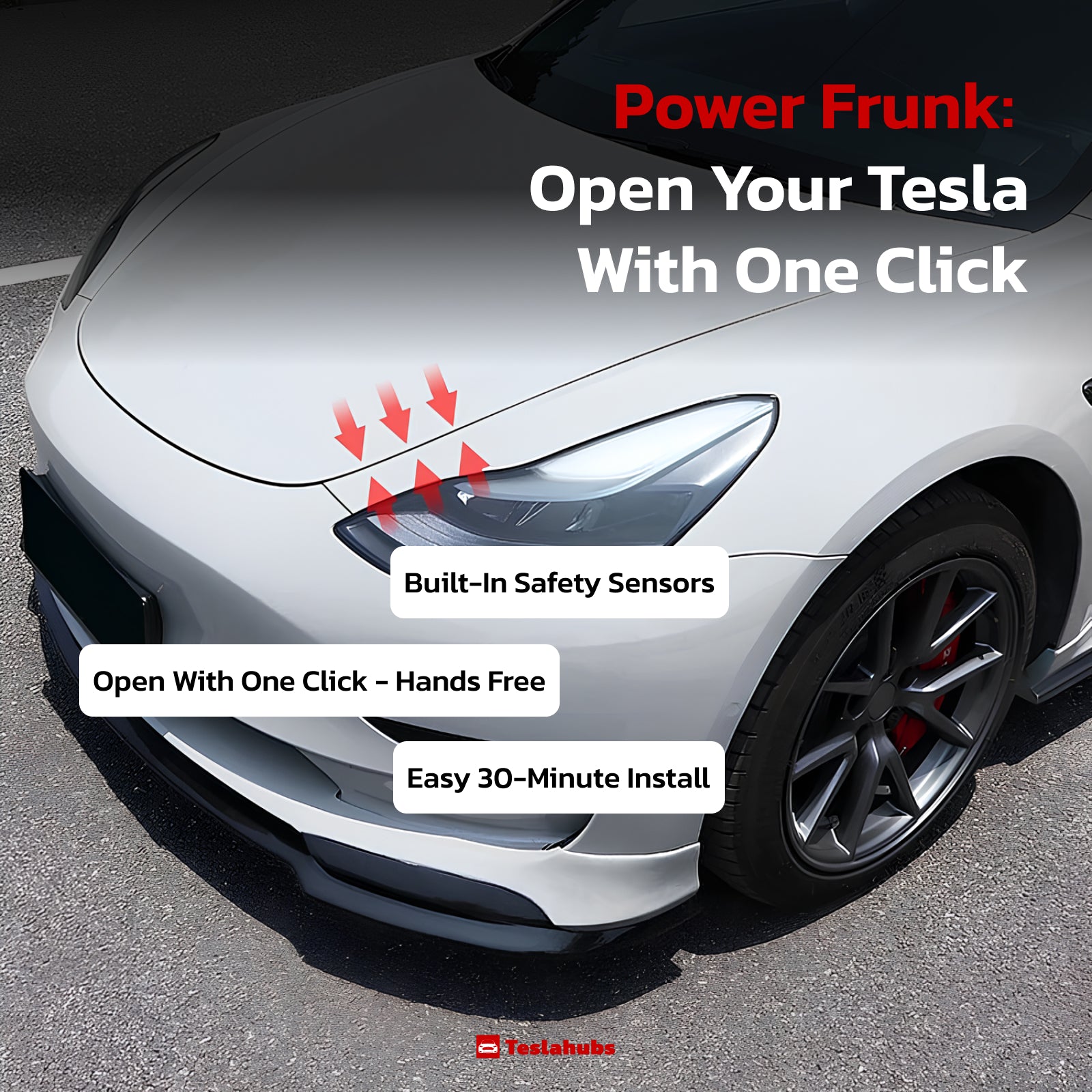
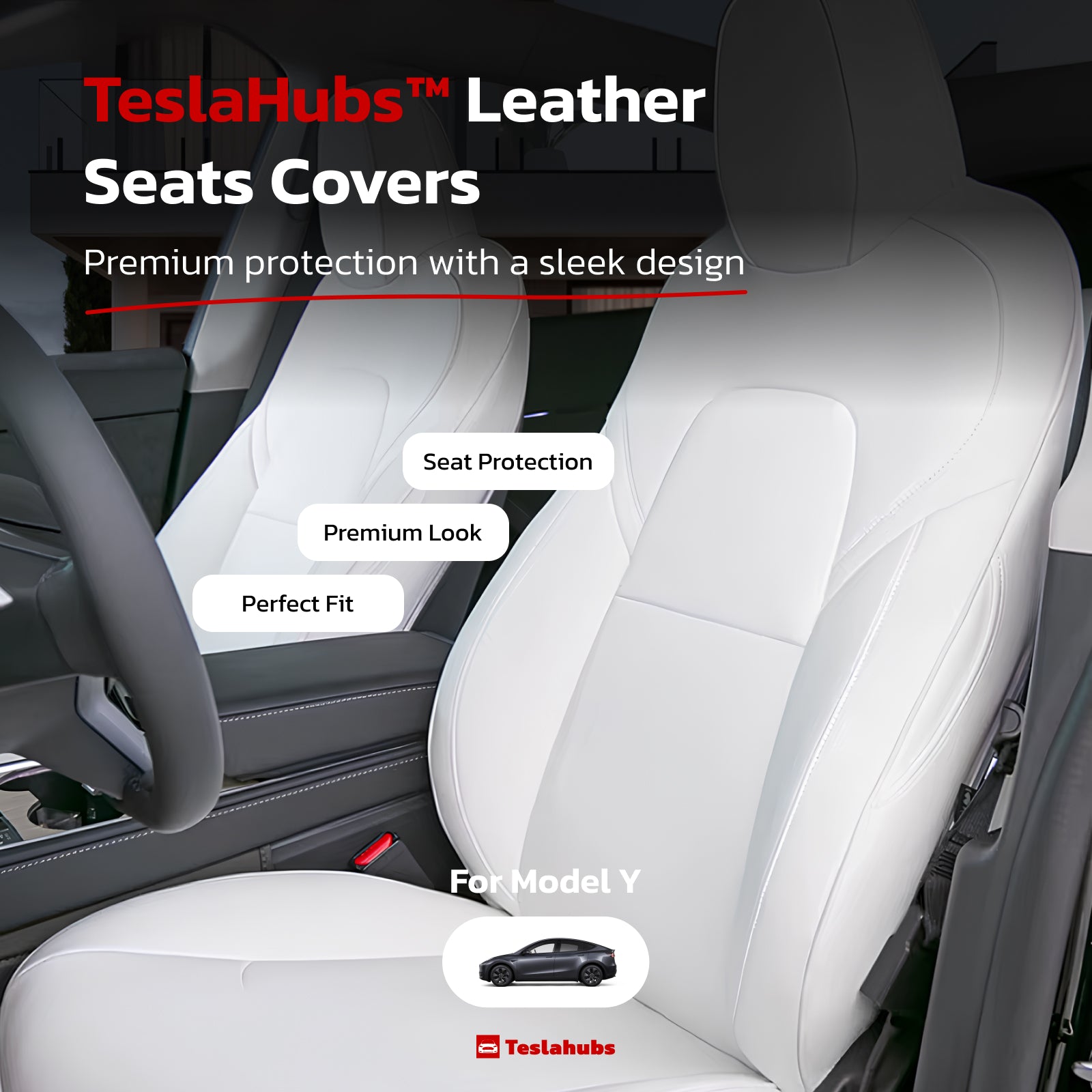
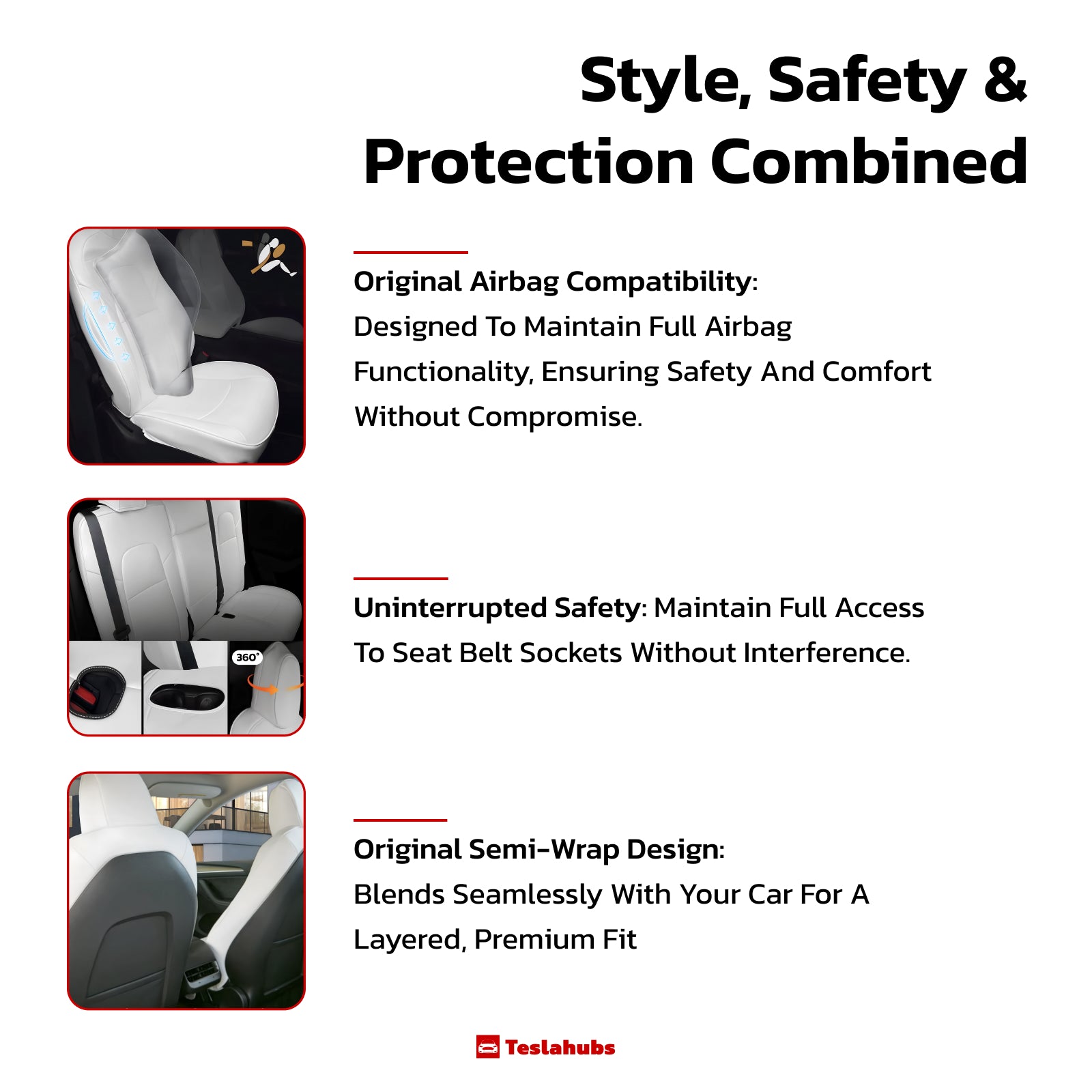
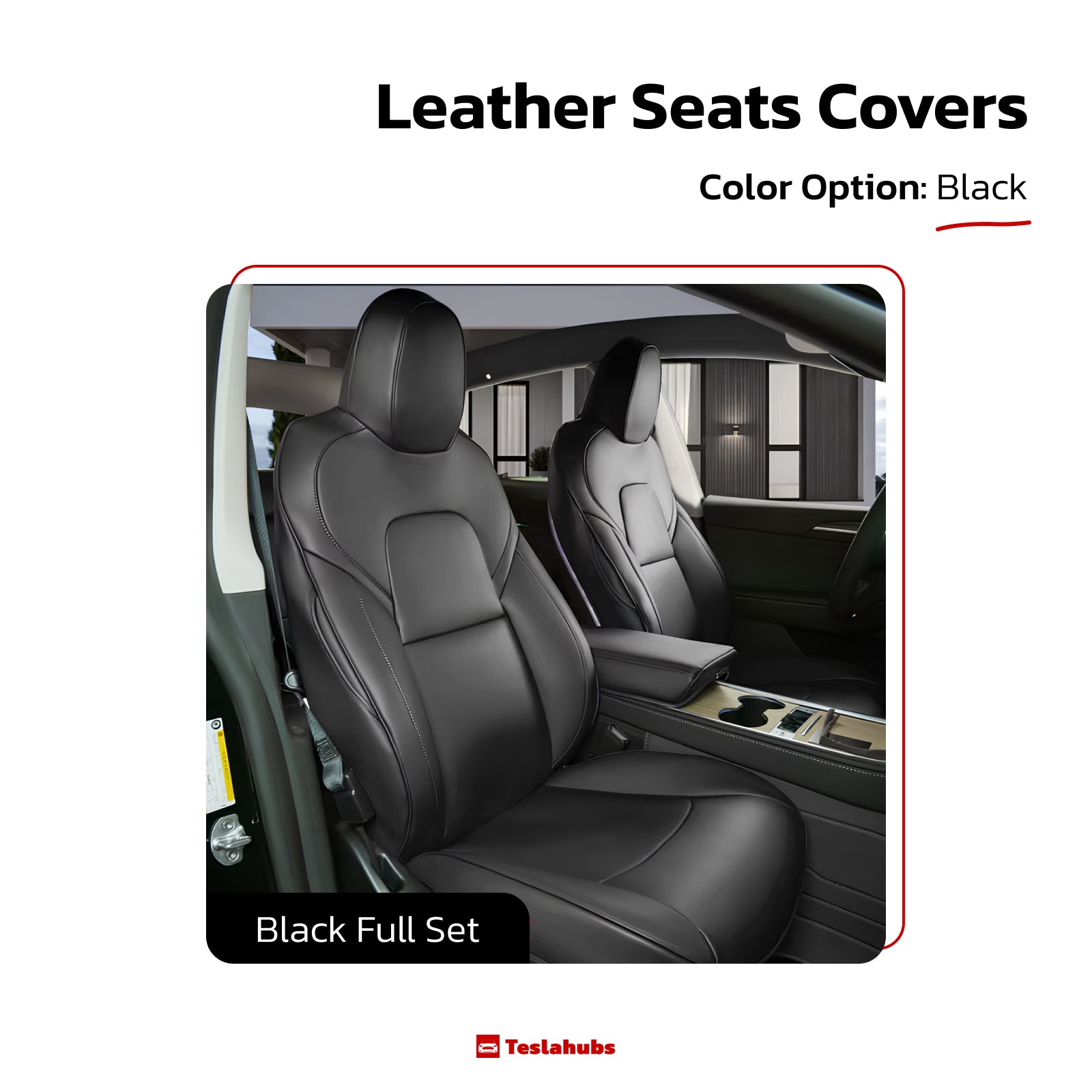
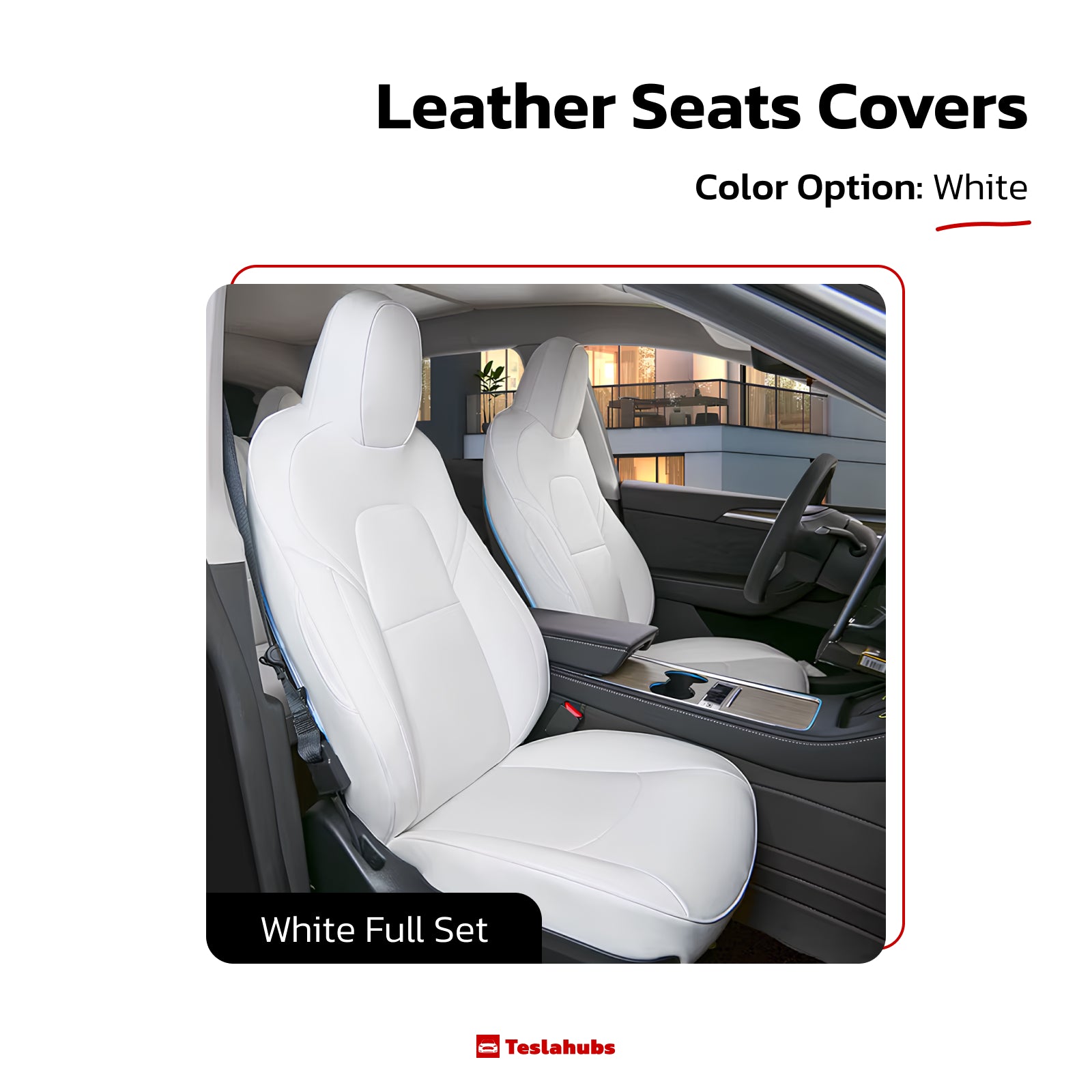
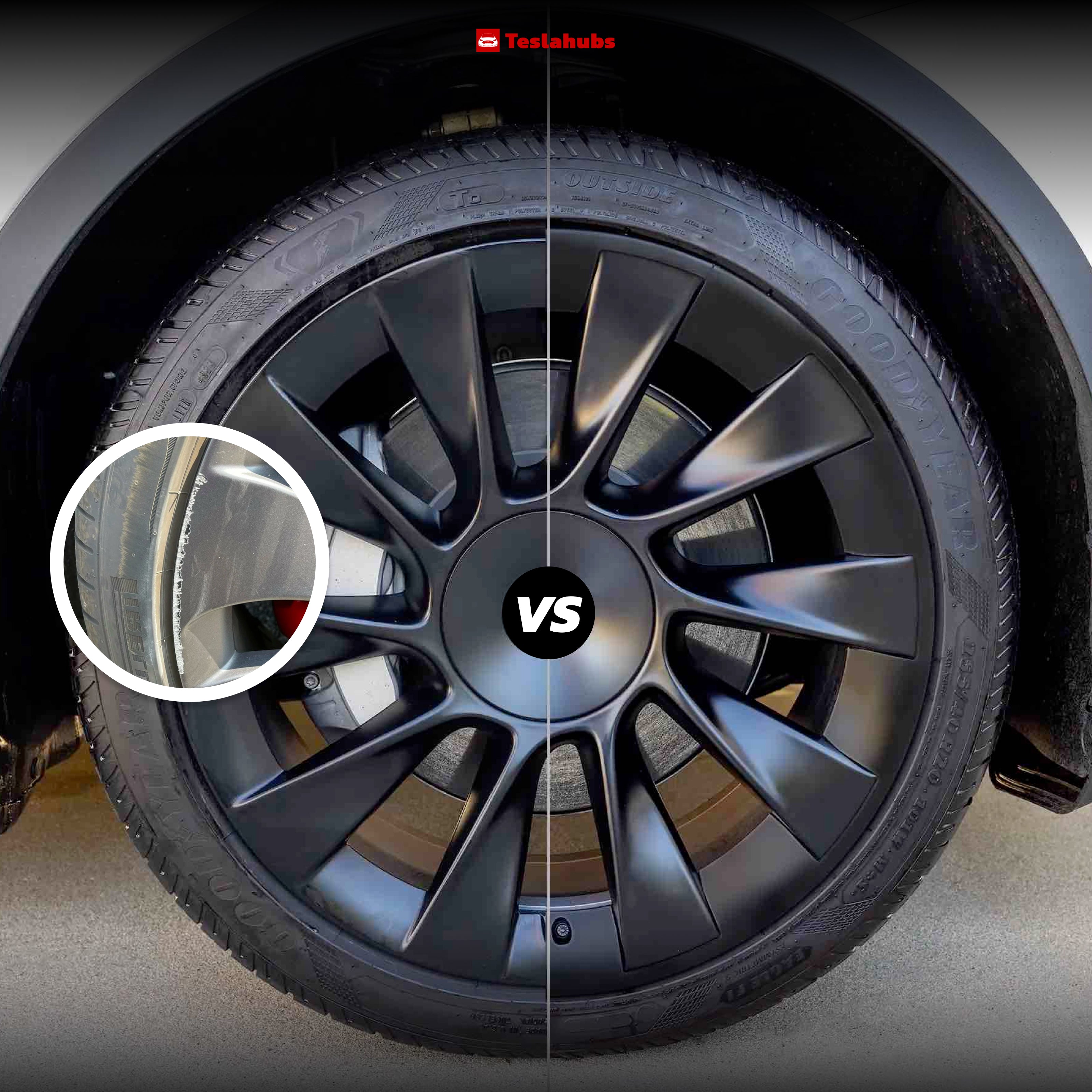

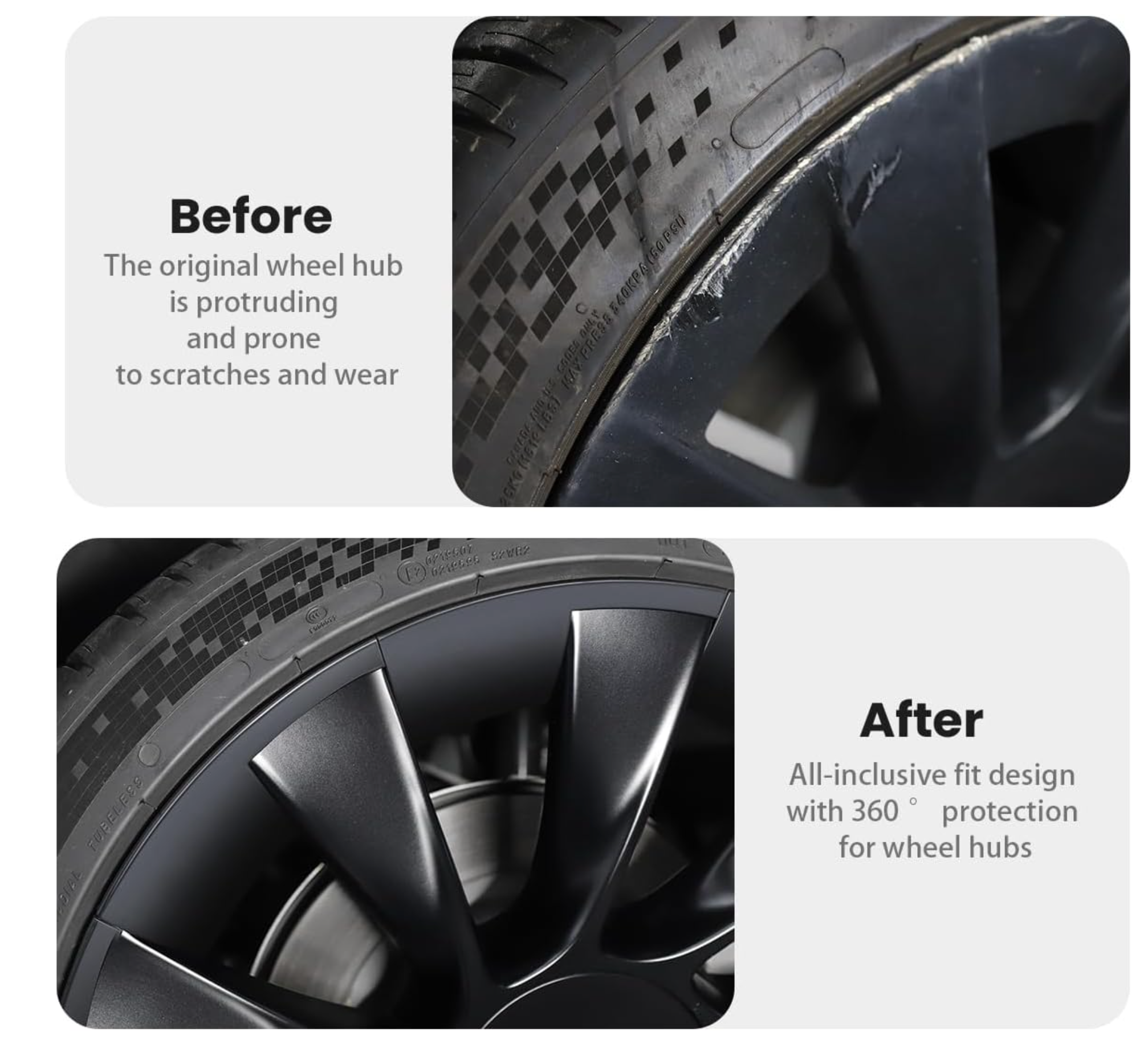
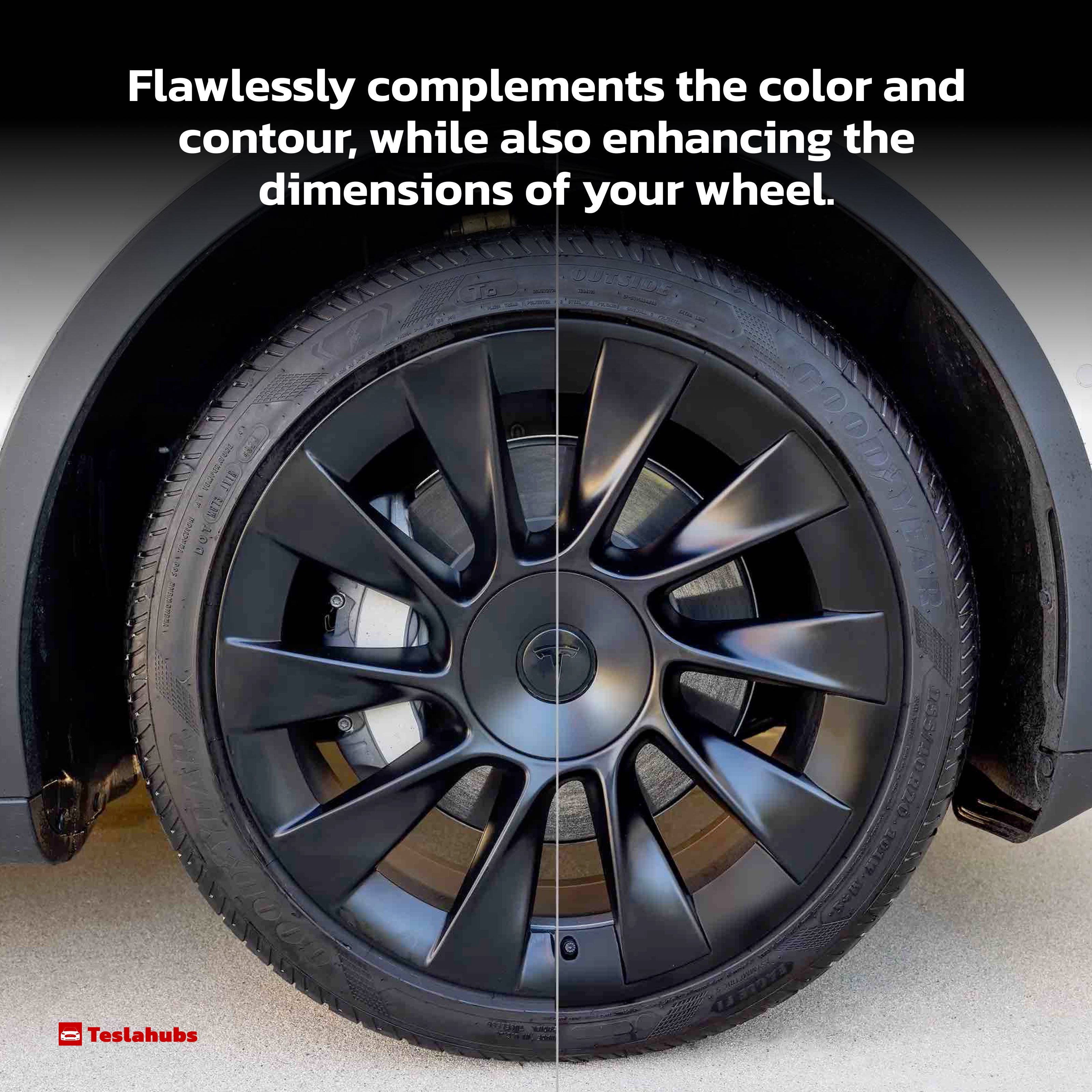
Share:
🚨 TESLA OWNERS: You Could Get $8,000+ Back! Judge Just APPROVED Massive Lawsuit Against Elon Musk
The Ultimate Tesla Upgrade Your Passengers Will Thank You For: A Deep Dive into the Teslahubs Rear Display Screen